Description
In the summer of 2021, my partner Yanaka san was at the Tokyo Wagakki workshop and spotted an incredible sao on a table, lined up among a number of supremely high end sao. Otaki san (the president of Tokyo Wagakki) noticed his awe, as the tenjin had so much tochi figure, it almost looked ablaze in flame! He told Yanaka san, “That sao is very rare. It’s almost impossible to find such high figured kouki thick enough for tenjin, so this might be the one of last of it’s kind.”
Specifications
- Sao/Tenjin: Tochi Kouki (Highest Grade)
- Sao Size: Futozao (30mm wide), V-style neck
- Mitsuori with Kinbozo
- Chibukuro: Ogi Cut (Akatsuki style)
- Itomaki: Soragara Mentori (star shape with edges recessed). Kouki jointed to black ebony
- Skin: Hibiki (Black/White Synthetic) or Vintage Tone (Natural)
- Dou: Karin with Ayasugi
- Hardware: Azuma Sawari, Rindo, Zagane, and Kamigoma
- Accessories not included
One of it’s Kind
Because kouki is regarded as a “standard” wood for shamisen, many people assume it’s been used for hundreds of years as a “traditional” shamisen material. In fact, kouki’s use in shamisen only started in the 1960s! After WW2, craftsmen were worried about shitan becoming more expensive and harder to acquire. In this time, a wood supplier (Nakajima san) had a sample of kouki from India and decided to have it made into a prototype shamisen. After showing prototype to shamisen players and makers, kouki immediately became very popular due to its incredible tiger stripe figure and luscious color. The 1960s to 1980s was a Golden Era for the makers of kouki shamisen as it was so easy to get thick pieces of kouki with high levels of shimmering tiger stripe figure. 
Hundreds of these exhibition quality shamisen were made, but because they harvested so much wood, it eventually became much harder to get kouki with high levels of tochi (tiger stripe figure). Furthermore, the remaining kouki with tochi was getting thinner. It could be used for highly figured sao, but not thick enough for tenjin. Soon after, the Golden Era of kouki crashed.
Knowing the history of kouki’s rise and fall (in terms of harvesting highly figured wood), it’s safe to say that any highly figured kouki shamisen is made from wood harvested in the 90s or earlier. (Newer kouki have almost no tochi figure) Tokyo Wagakki has wood saved from that era, and it’s safe to say that the kouki wood in the Heirloom Rose Shamisen is about 40 years old.
Otaki san believes this is the very last kouki shamisen of it’s kind, to have such high figure in the tenjin. Personally, I’m hesitant to claim it’s the “last”, (because it’s always possible there might be an old mill somewhere that has leftover kouki from that era, or perhaps sitting in some craftsman’s warehouse) but can confidently say it’s incredibly rare, and we may never see a brand new kouki shamisen with blazing figure across the entire sao/tenjin again.
For this reason, it’s an heirloom-worthy treasure which anyone should be humbled to be in the presence of. Because of this, my partner and I agreed to invest in it together and make it available for the fine folks in the Bachido Community. After all, a brand new shamisen of this immensely high quality is not only impossible to find outside of Japan, but is incredibly hard to find even inside Japan!
No Refunds
As you can imagine, this shamisen is the top-tier in the luxury department, and it was difficult for us to acquire for the community. Thus, as you can imagine, it’s a treasure which I’m obligated to be careful in considering it’s new owner. To be respectful of this heirloom-level instrument, the new owner must be serious in their commitment. There are absolutely no refunds and no payment plans.
Be sure you know how to assemble a shamisen (free instructional materials are available on Bachido), as there are also no refunds if a part is damaged during assembly or use. If anything is damaged in assembly or use, I can arrange to have the damaged part sent to Tokyo Wagakki for repair (the owner is responsible for repair fee and shipping fee). Basically, you must treat this shamisen as your own baby which you alone are responsible for. 🙂
How to Order
If you are committed to the Heirloom Rose, please contact me at store(at)bachido(dot)com and tell me your experience and connection to shamisen (it’s okay if you’re a beginner). Why do I want to know? Several years ago, a very wealthy customer requested the very best shamisen I had simply to indulge their expensive tastes. They had no musical experience, had done no study into shamisen (online or otherwise), and had no knowledge/respect for my efforts in making shamisen accessible to the world. The general vibe was “I’m paying a lot of money, so I earned the right to treat you poorly.” Needless to say, it was one of the worst experiences I had, and I almost shut down Bachido because of it. Based on that experience, the owner of the Heirloom Rose will be decided based on their love/relationship to shamisen as well as the trust I feel toward them, not simply based on their ability to afford it.
To clarify, I would be just as happy for a beginner to own this as a advanced player. I’m just avoiding those who simply desire the bling.
Color Darkens With Age
One very important fact to know about kouki is that no matter how bright red it is when brand new, kouki always darkens with age as it’s exposed to sunlight and oxidization. Almost all wood darkens with age, but even more significantly with kouki. Please keep this in mind as you imagine your future life with the Heirloom Rose. :-)
Accessories NOT included

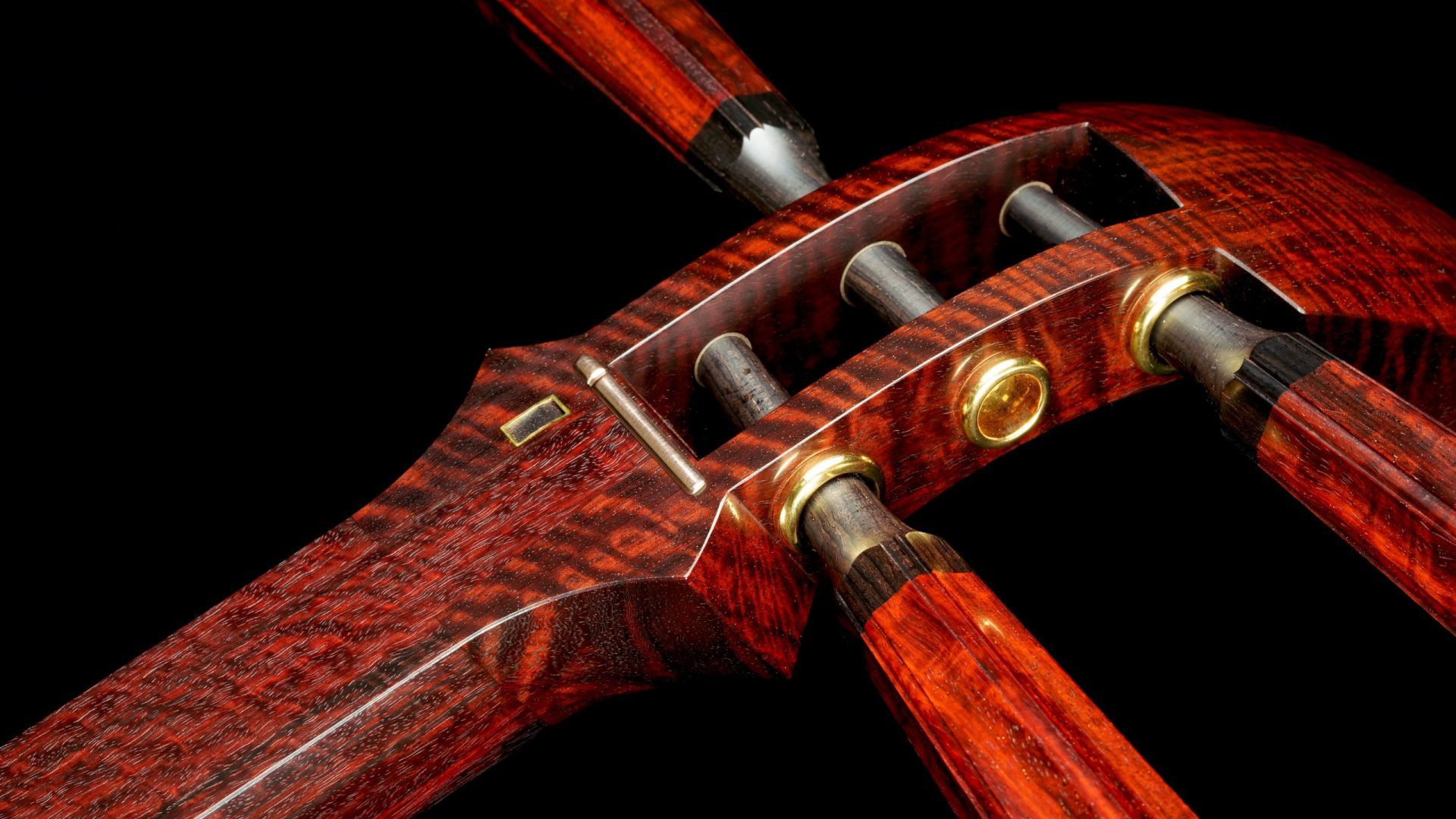
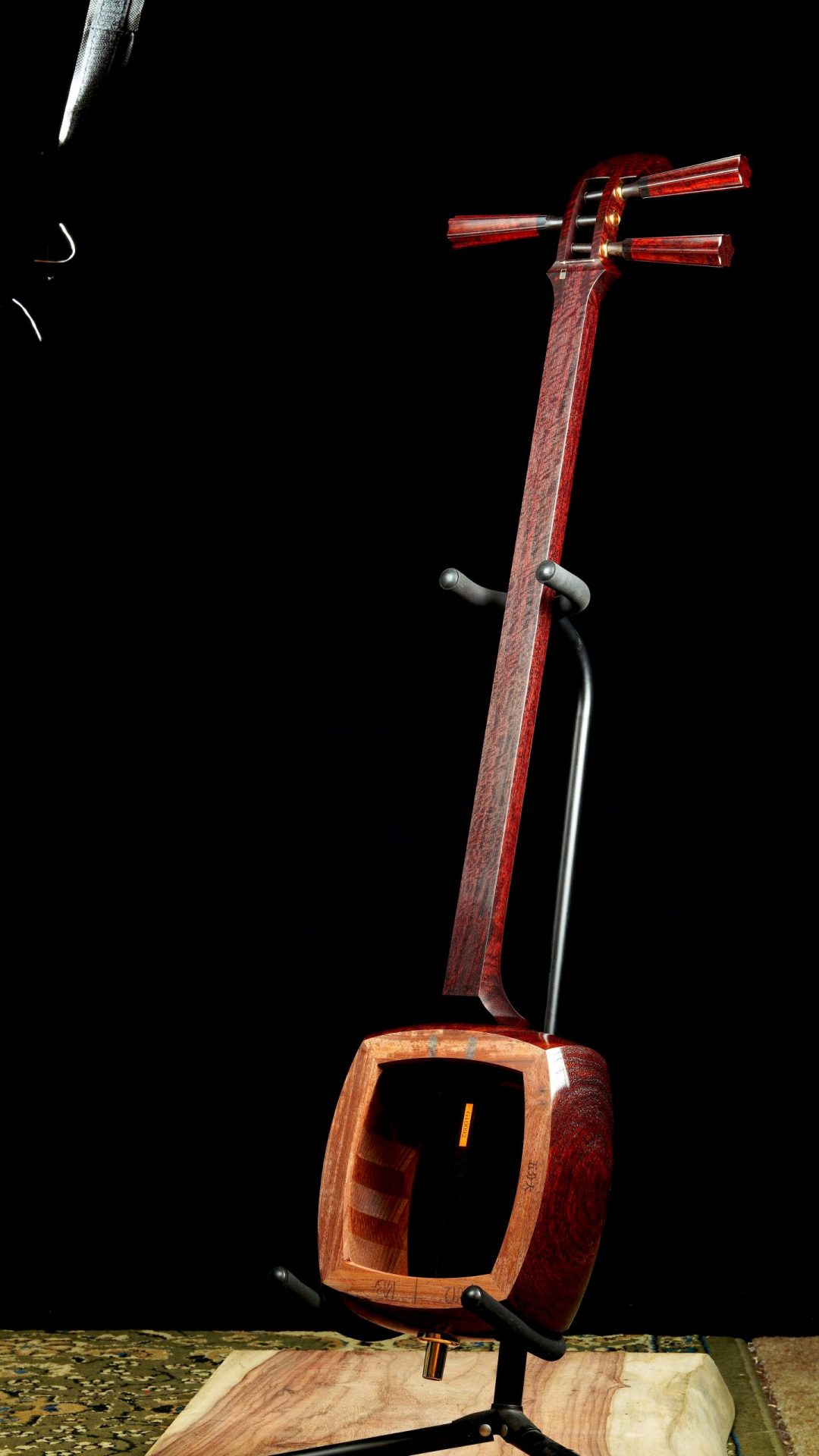
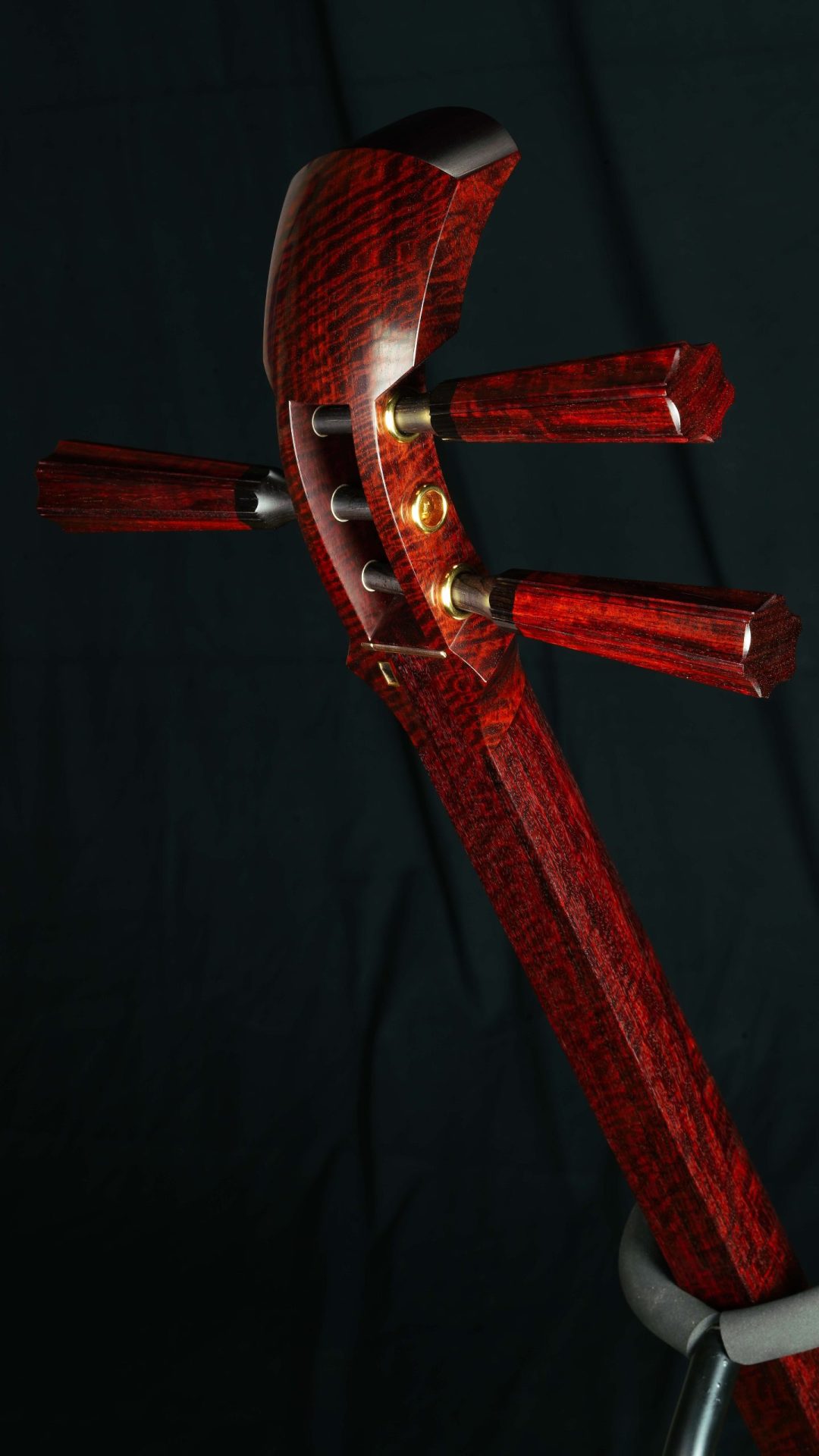
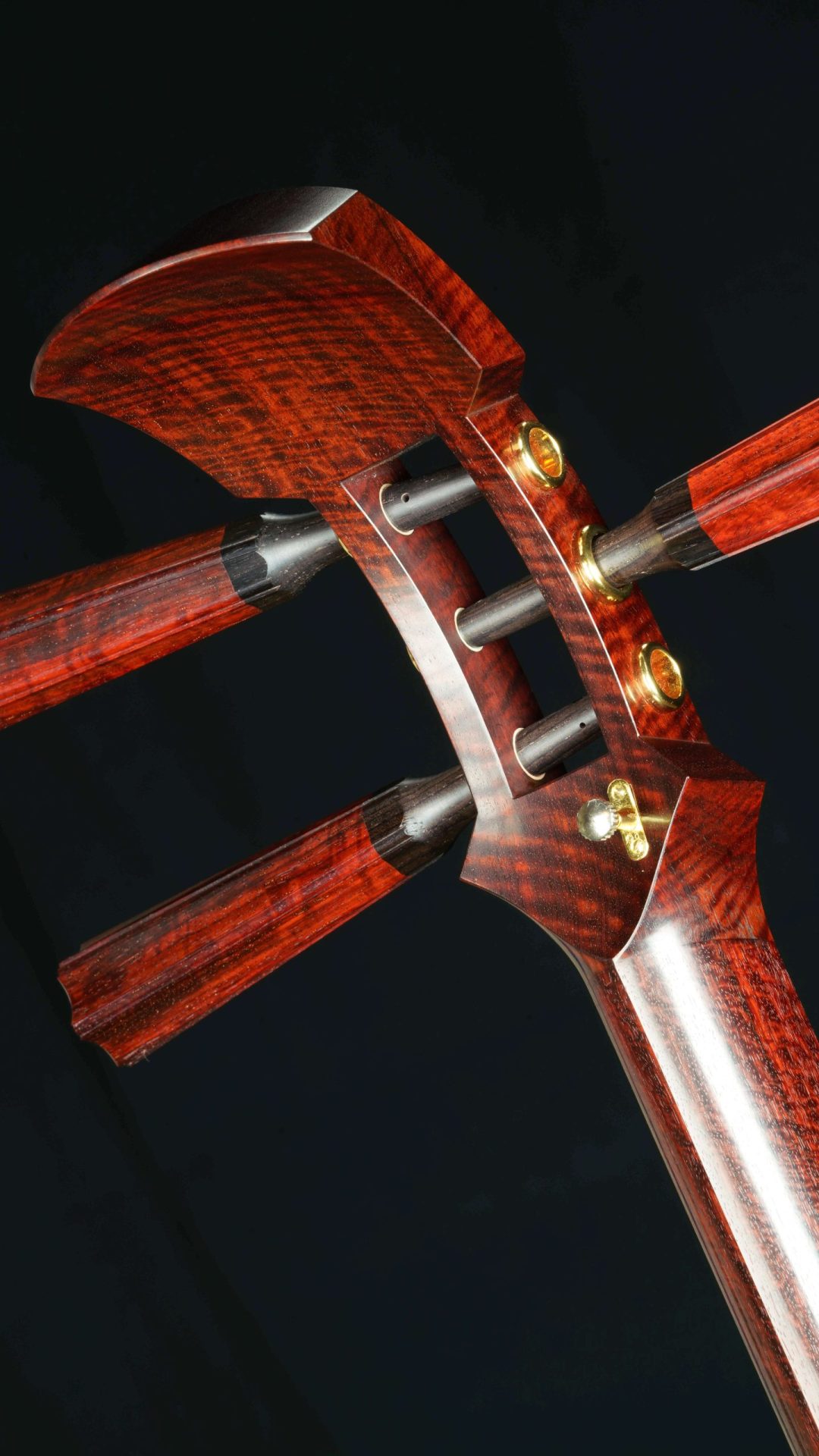
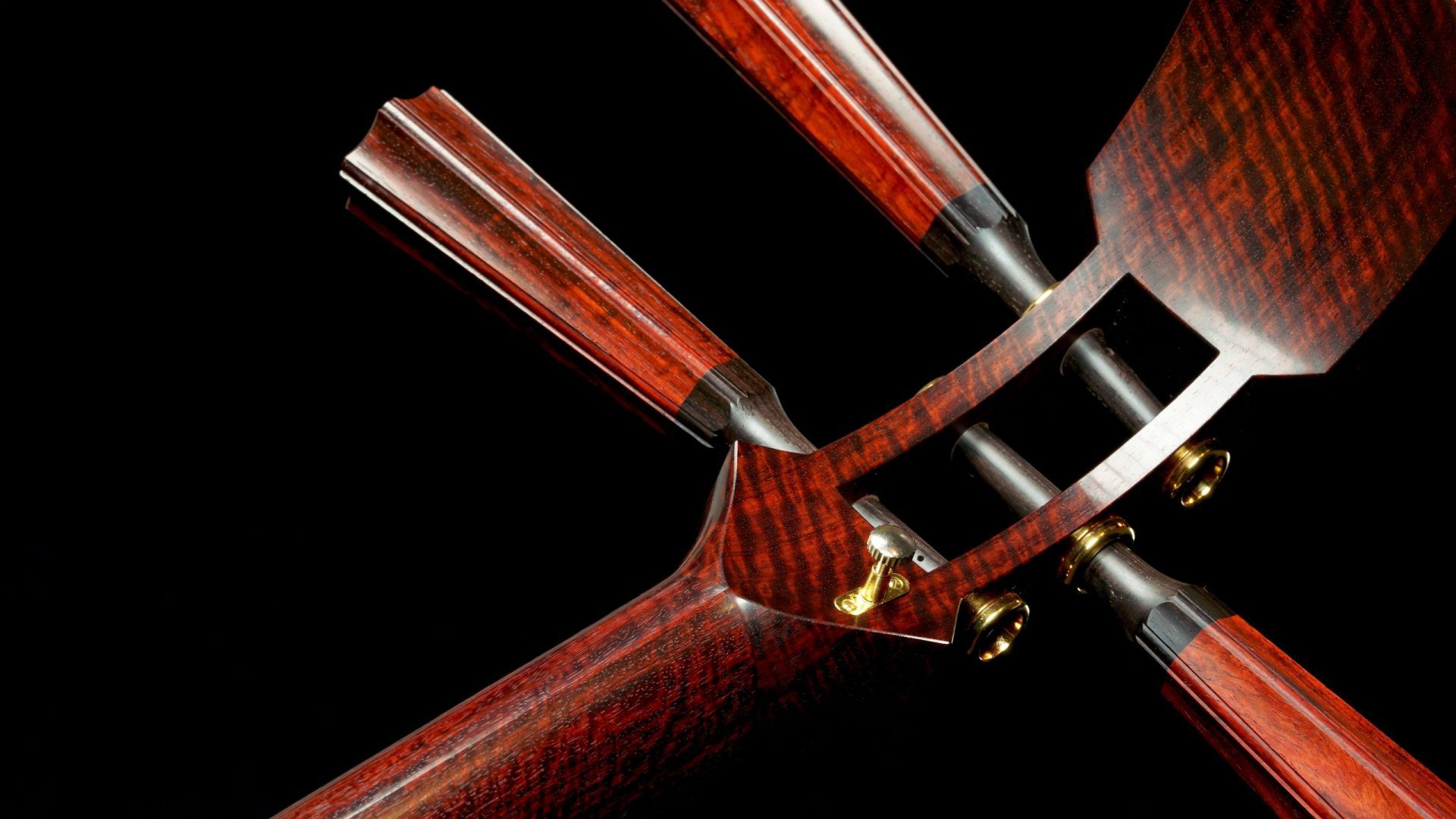
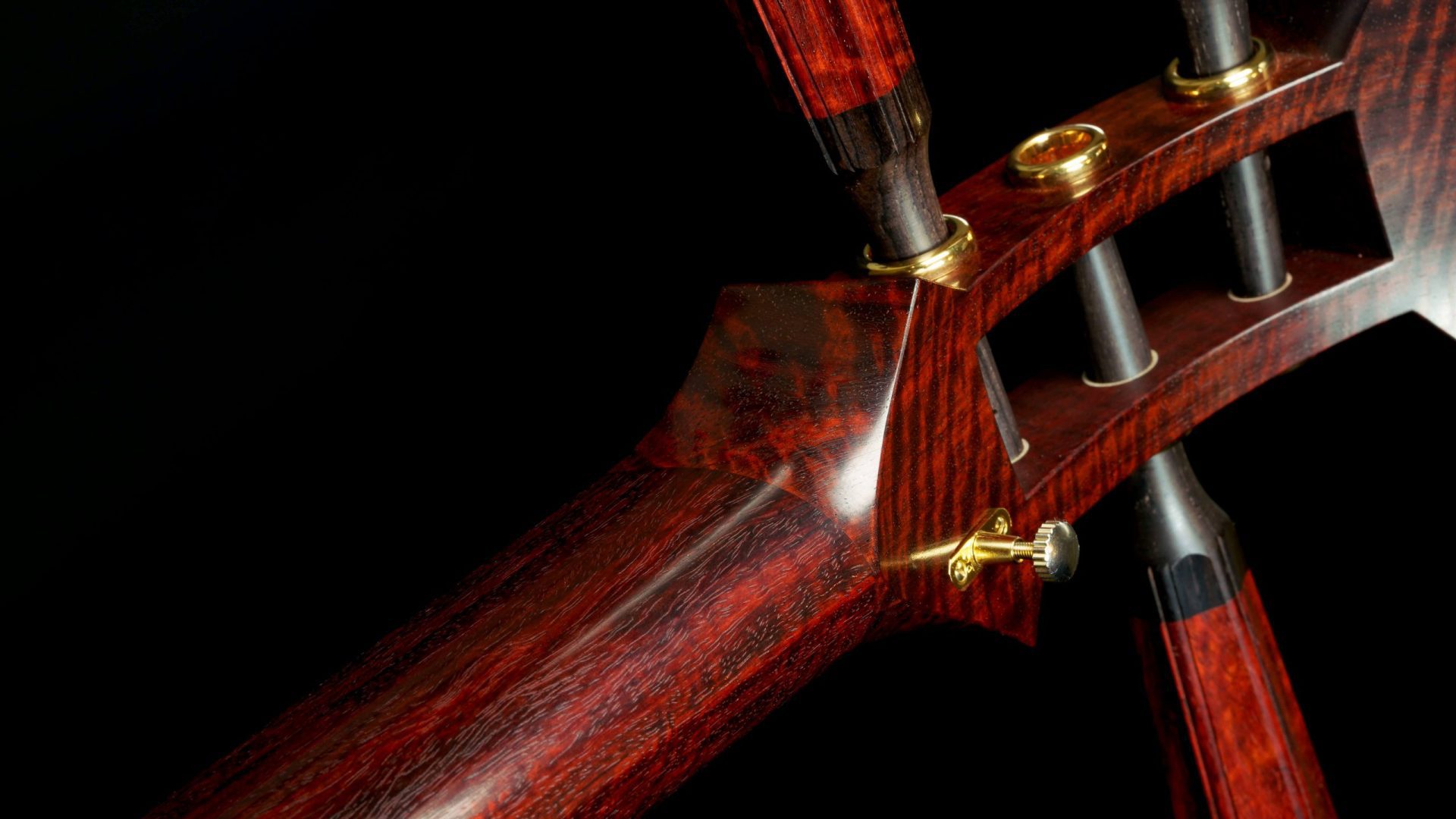

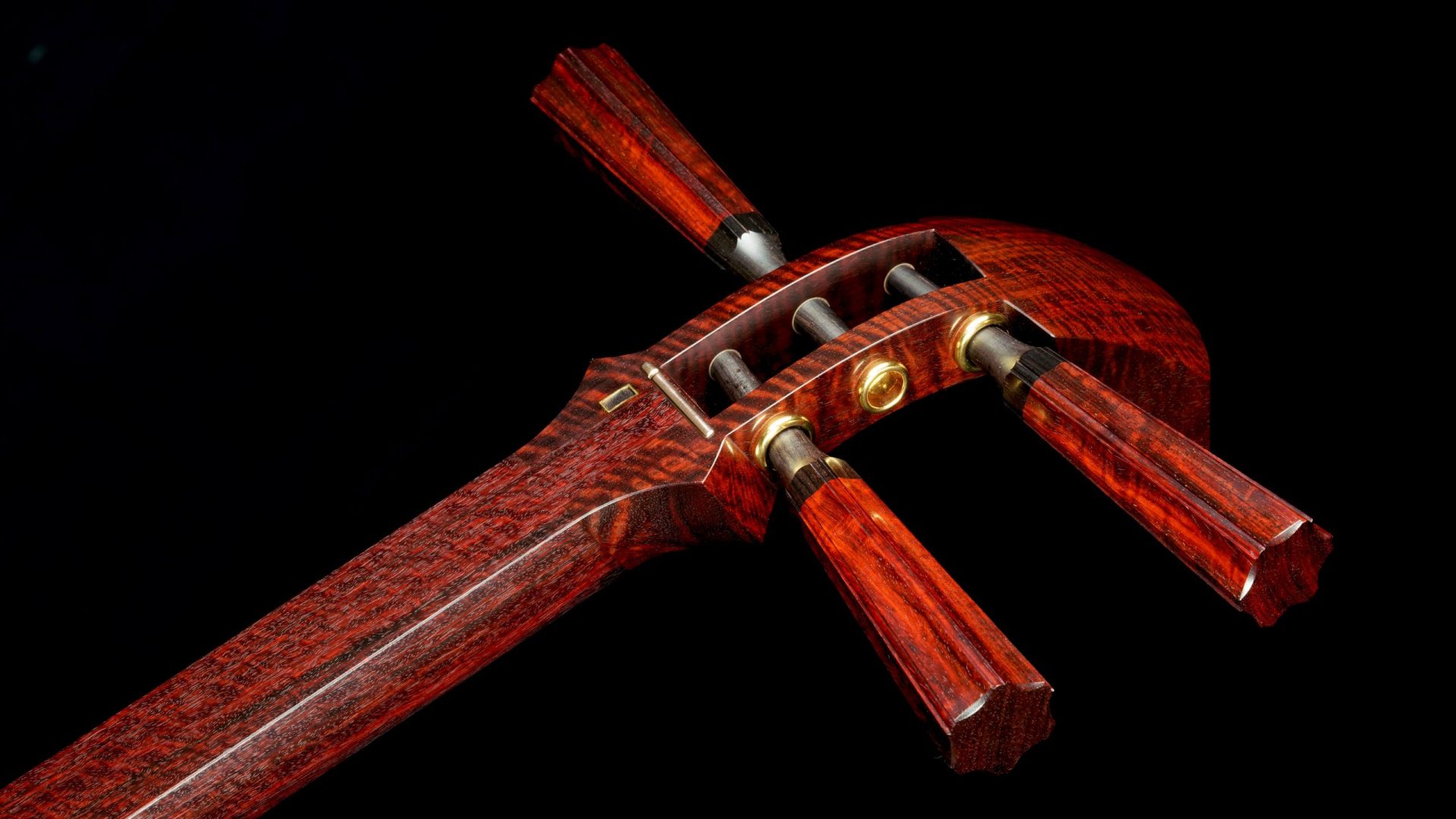
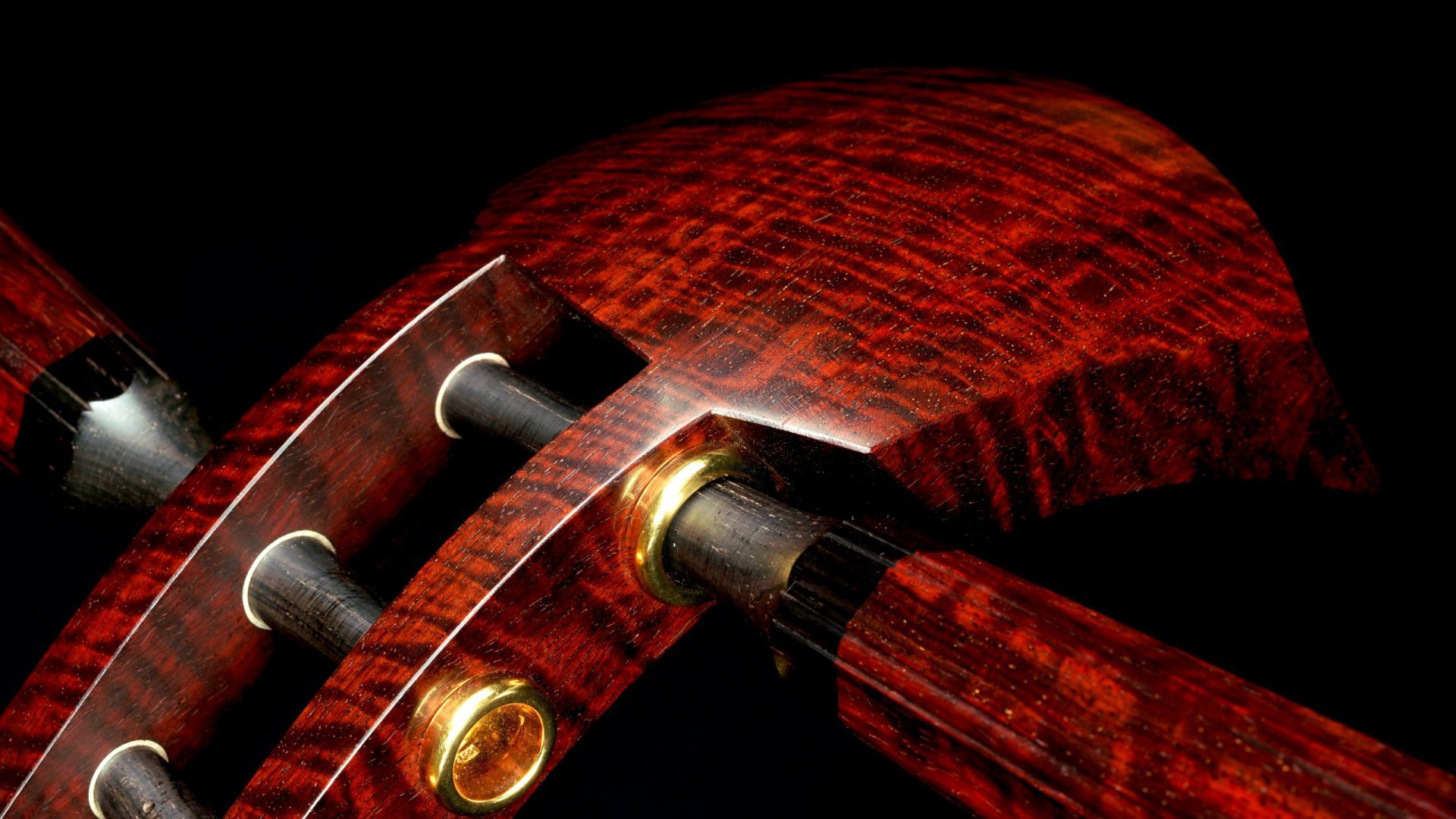
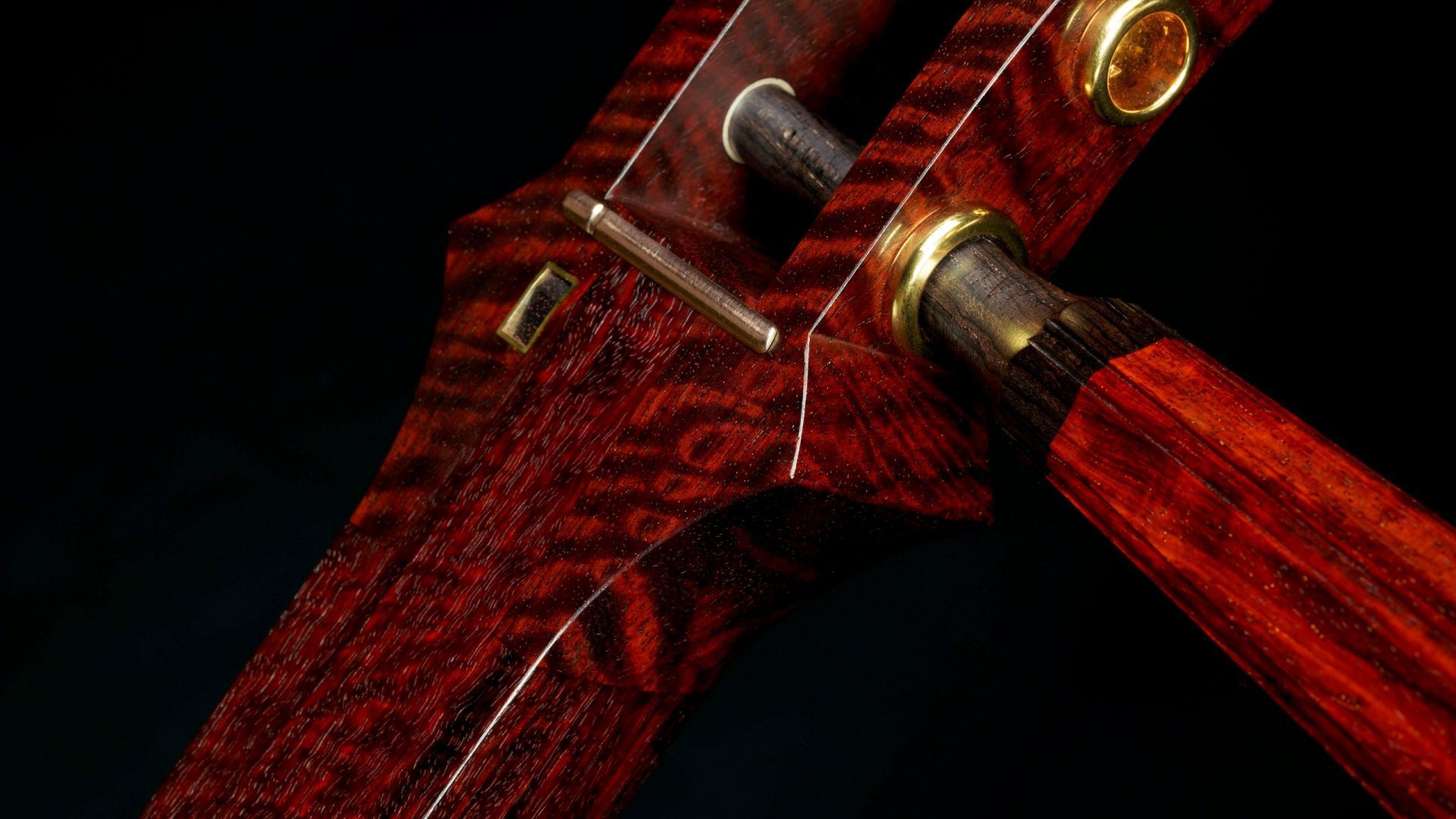
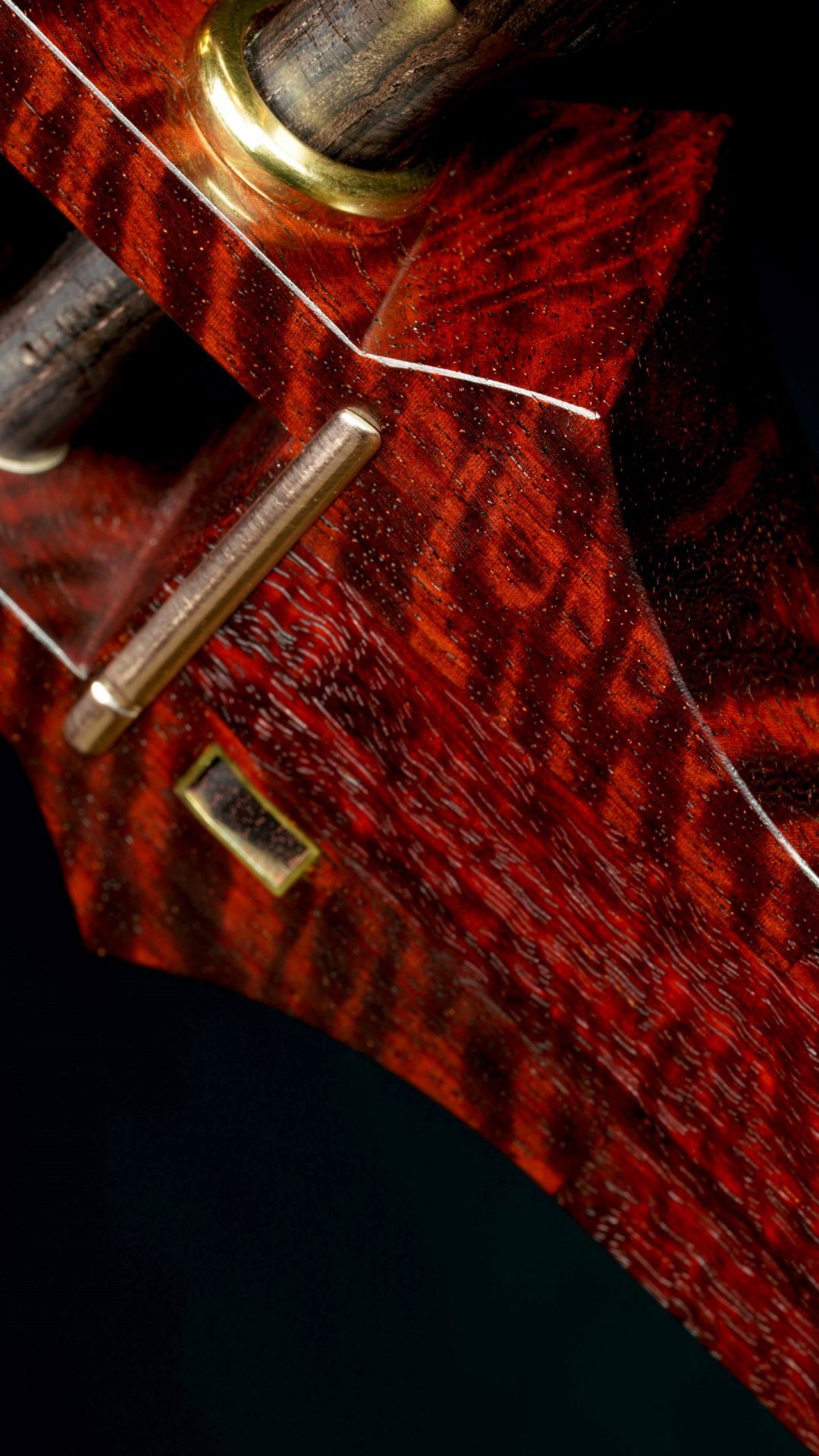
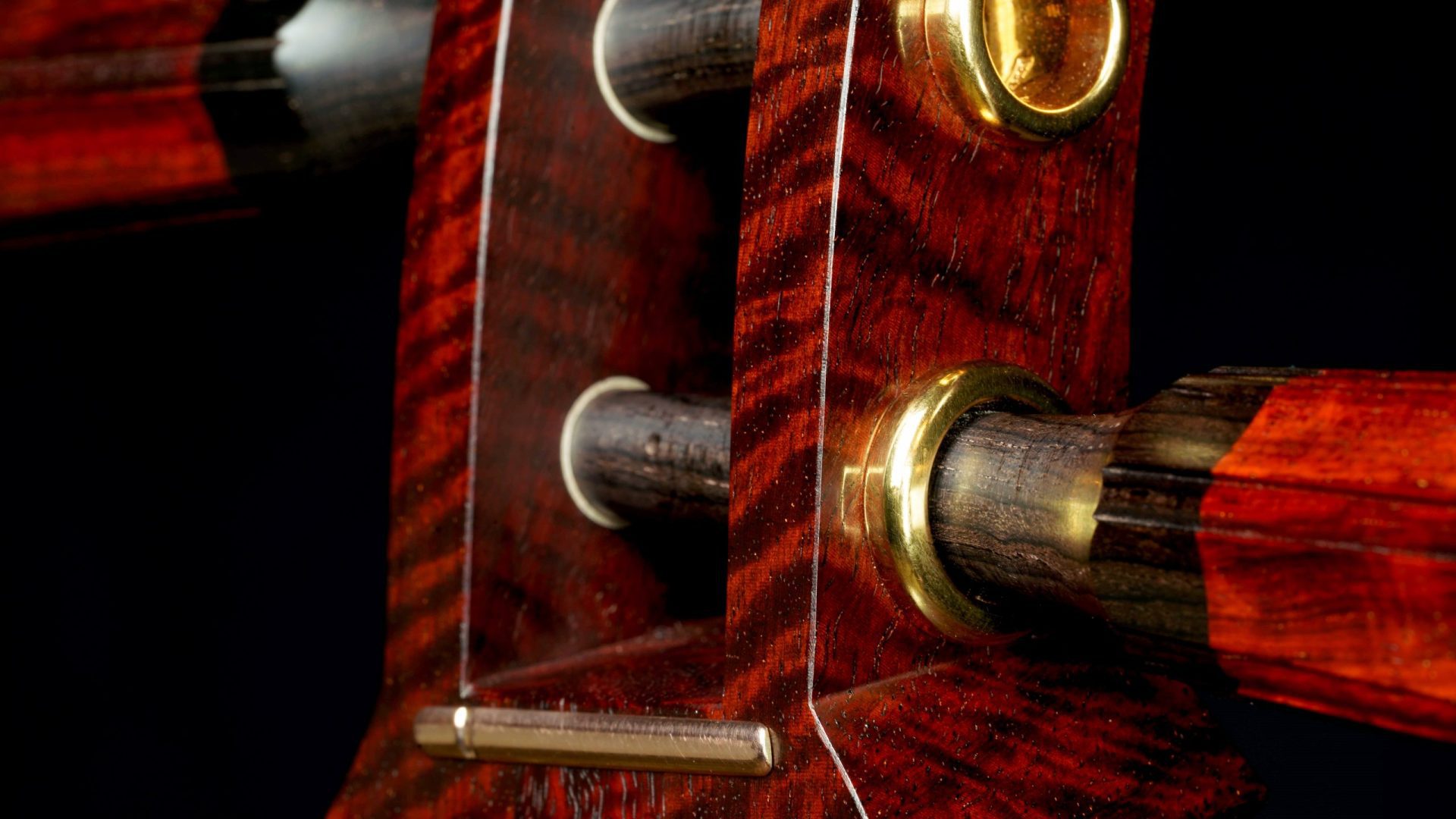


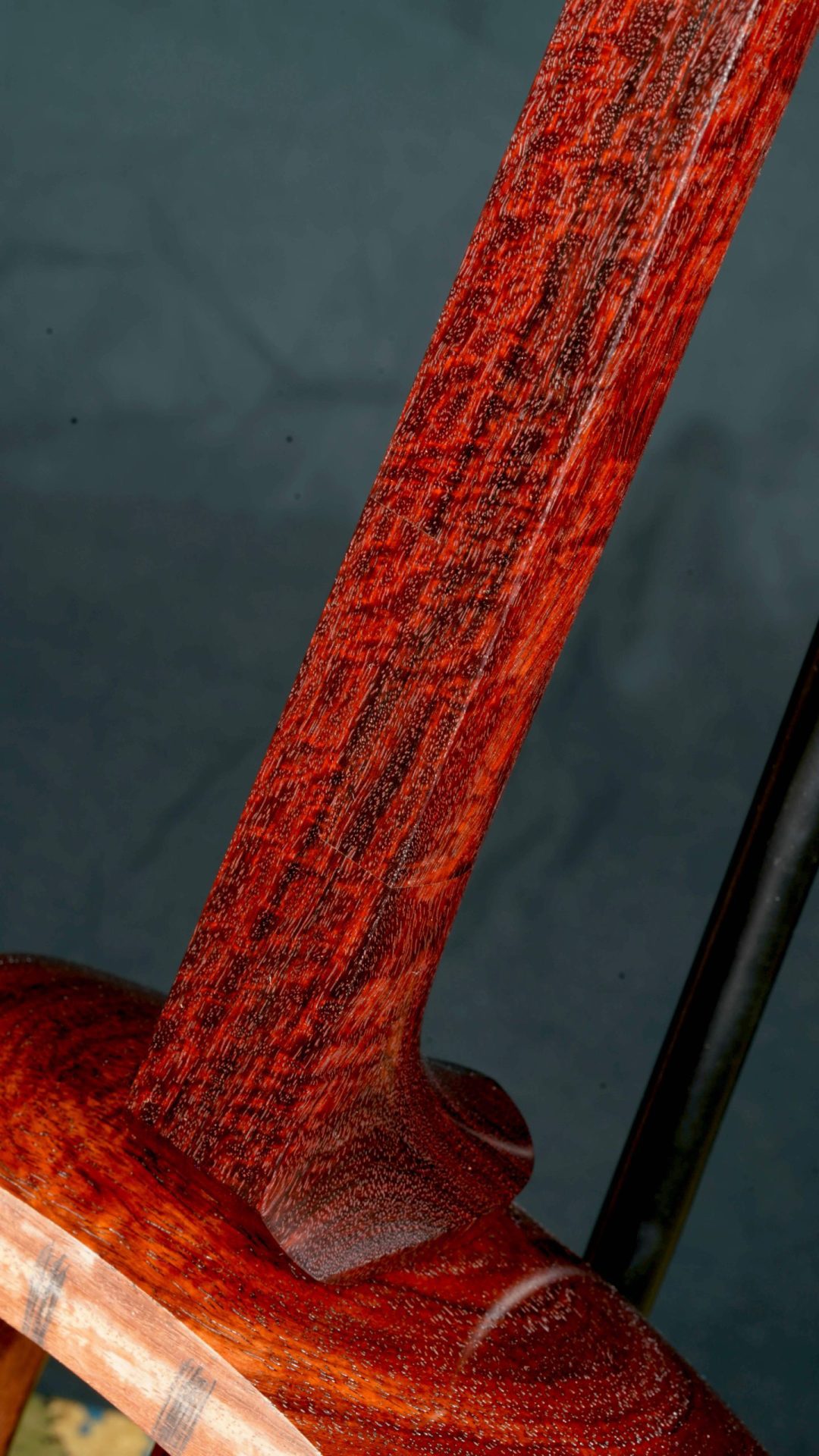

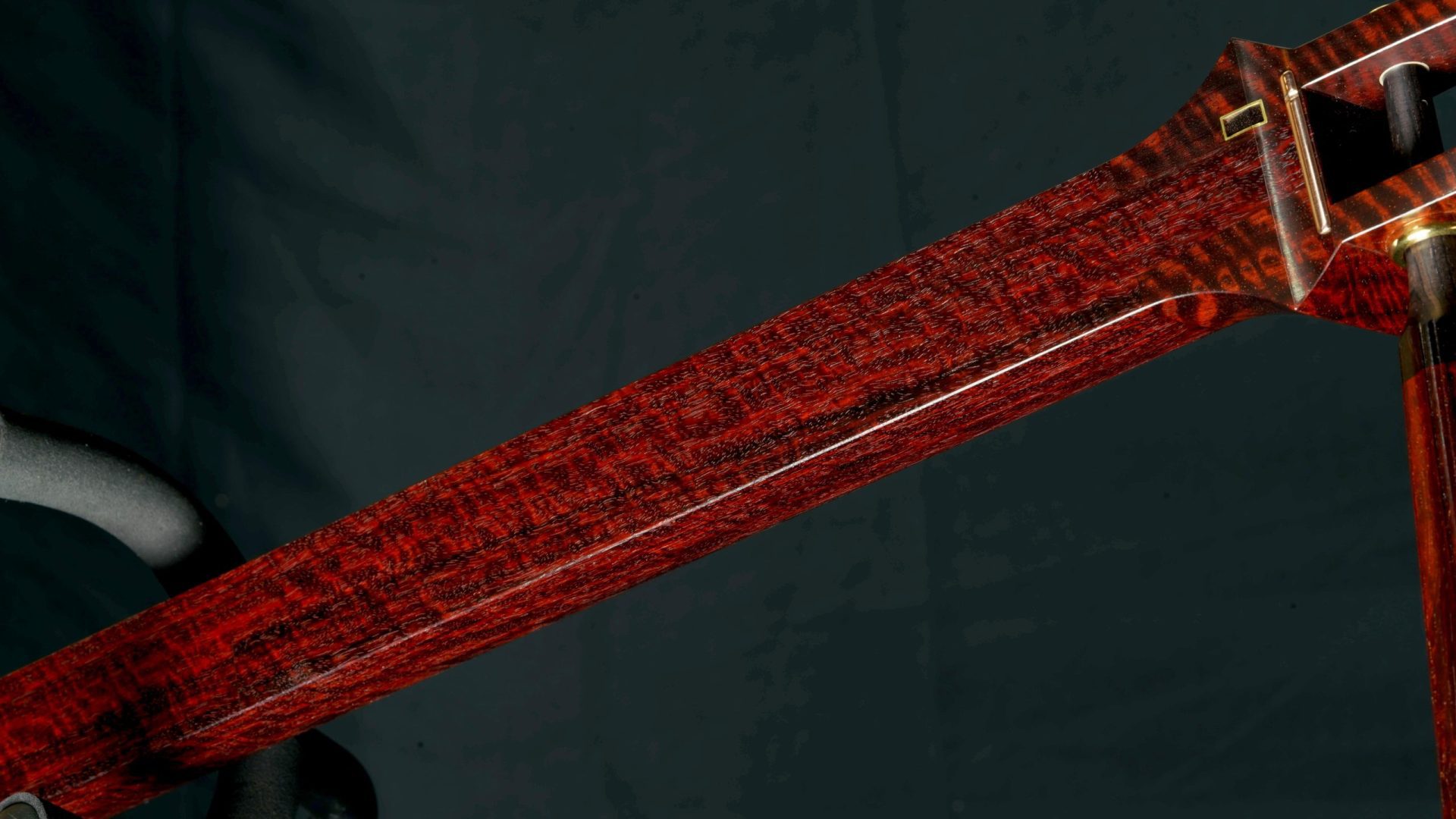
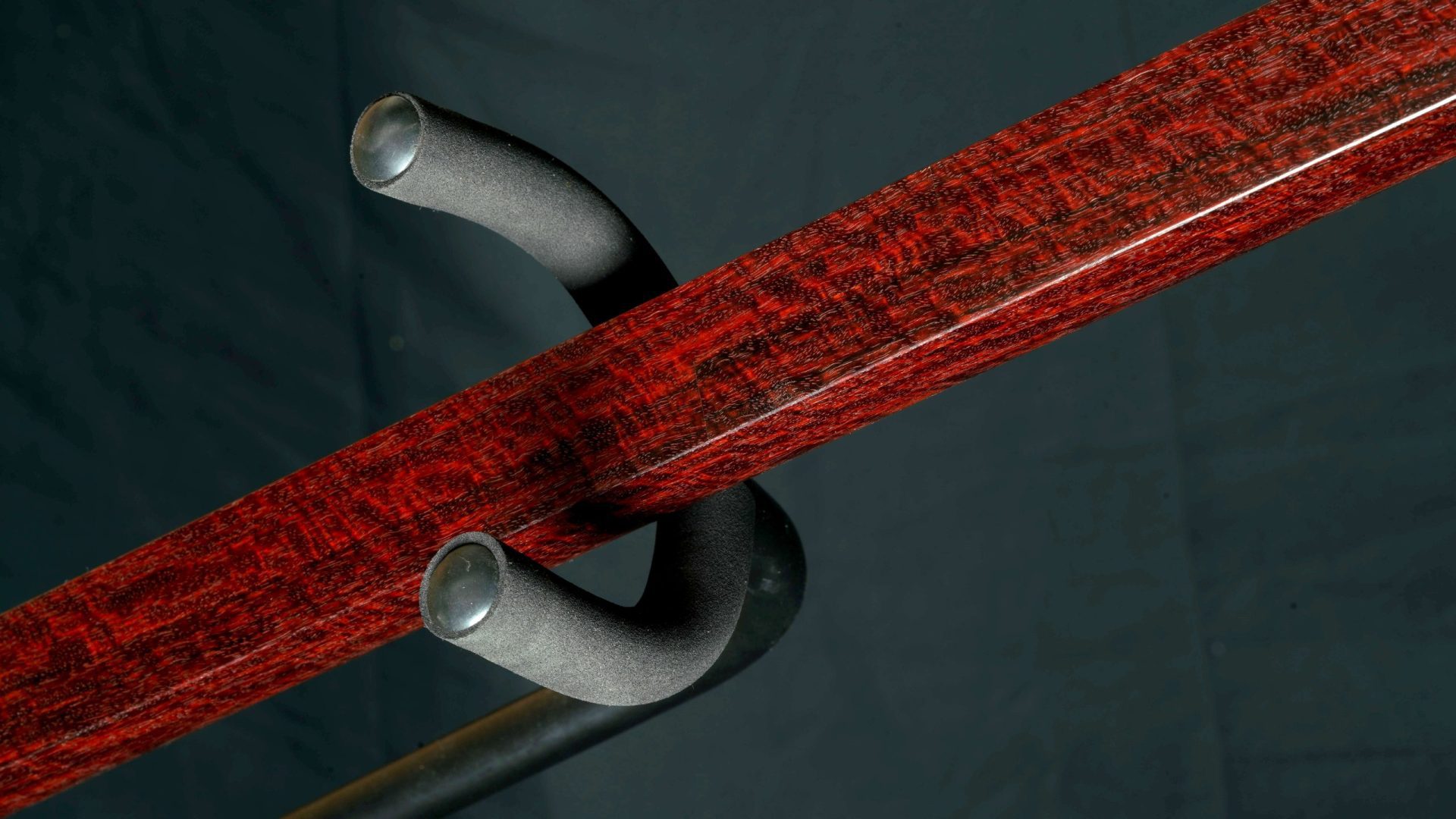
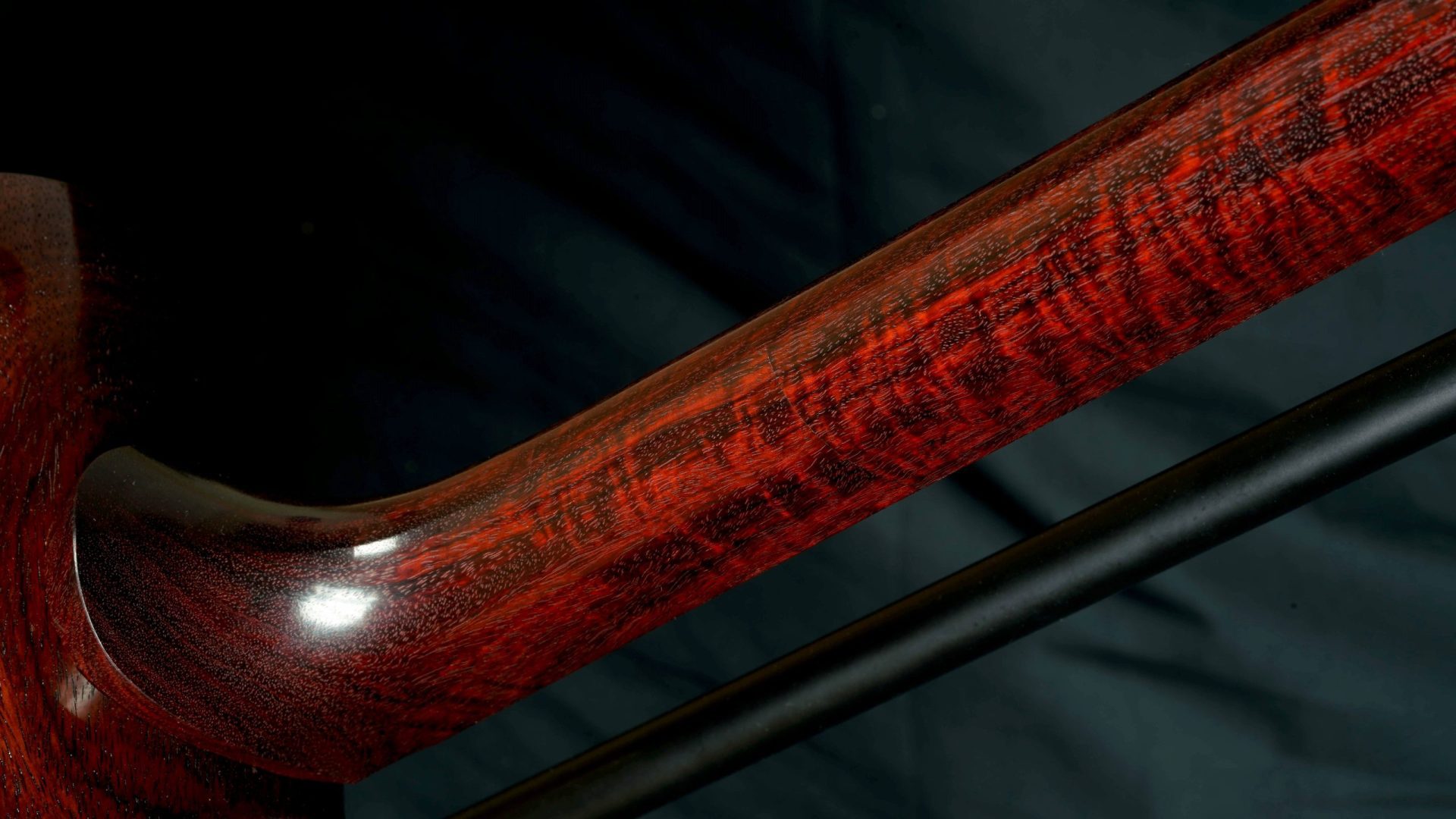

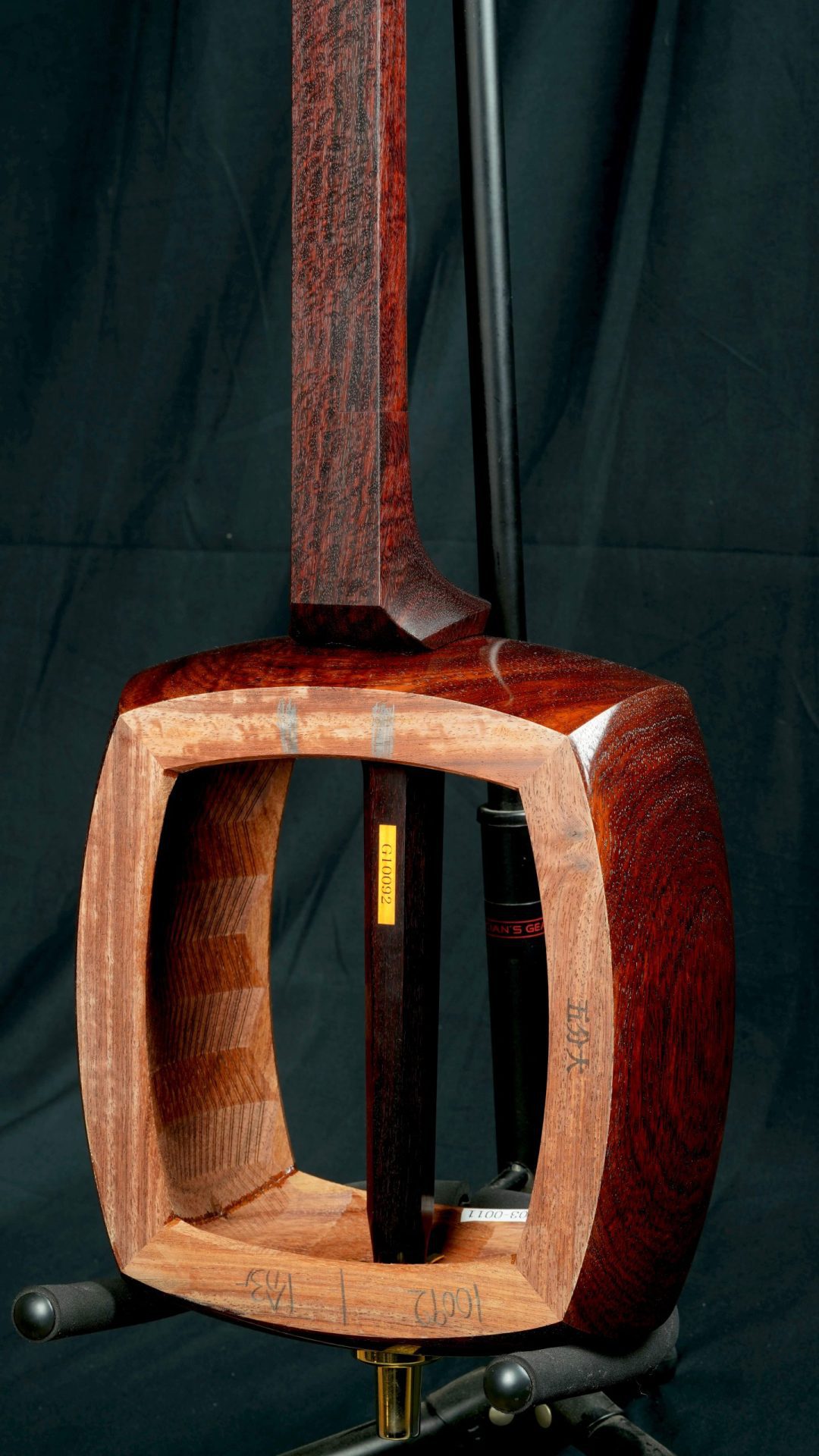
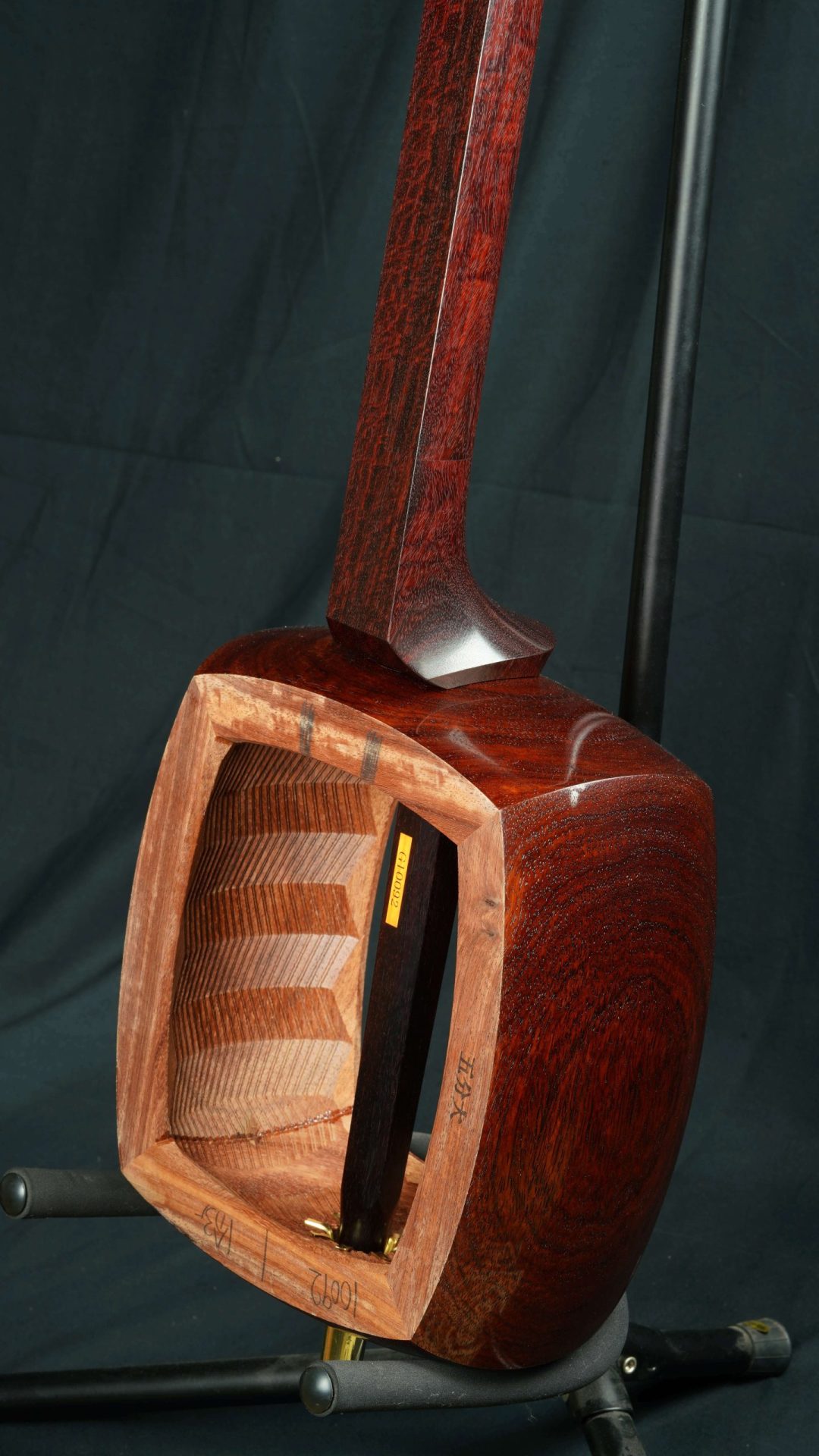


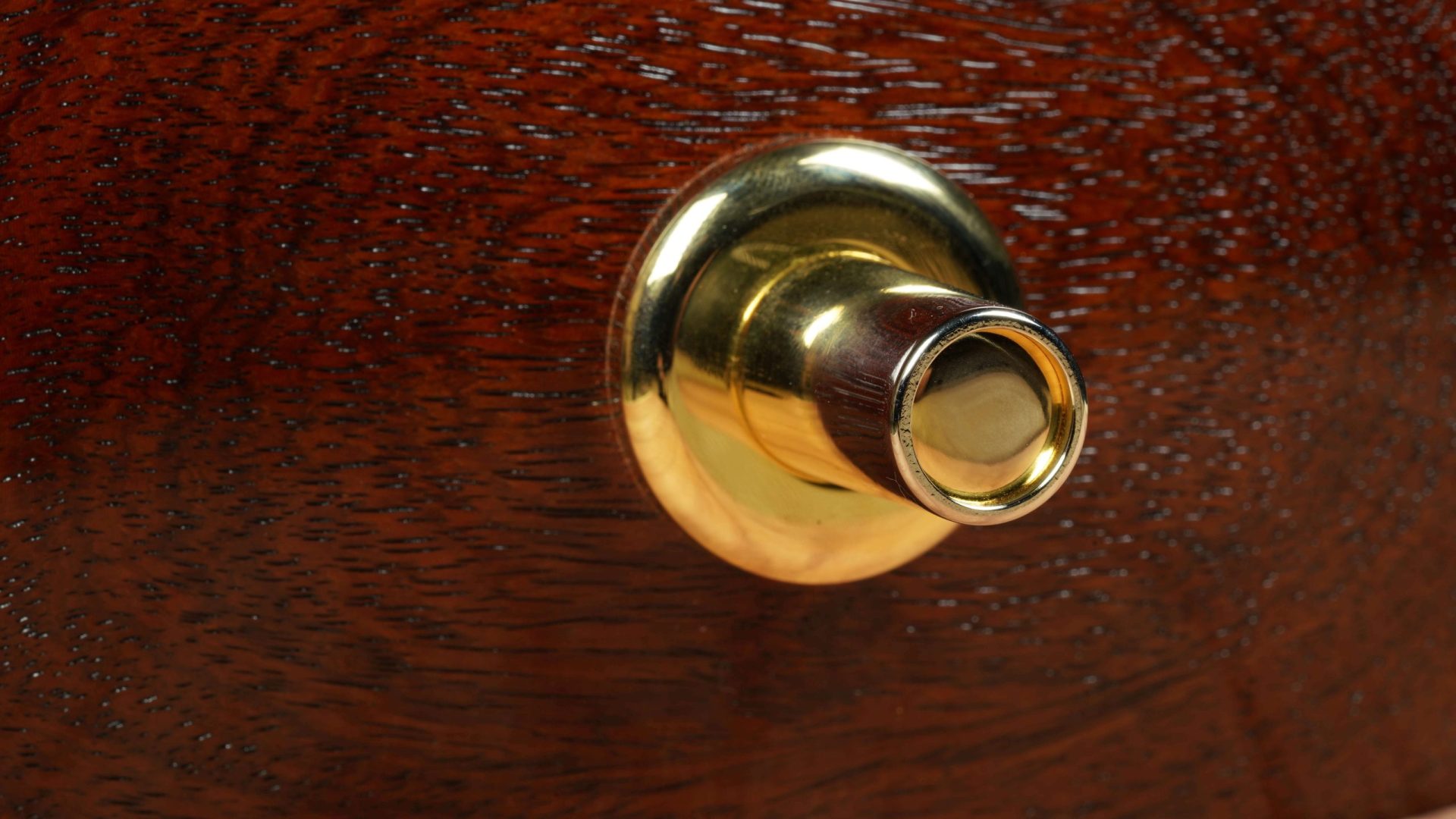
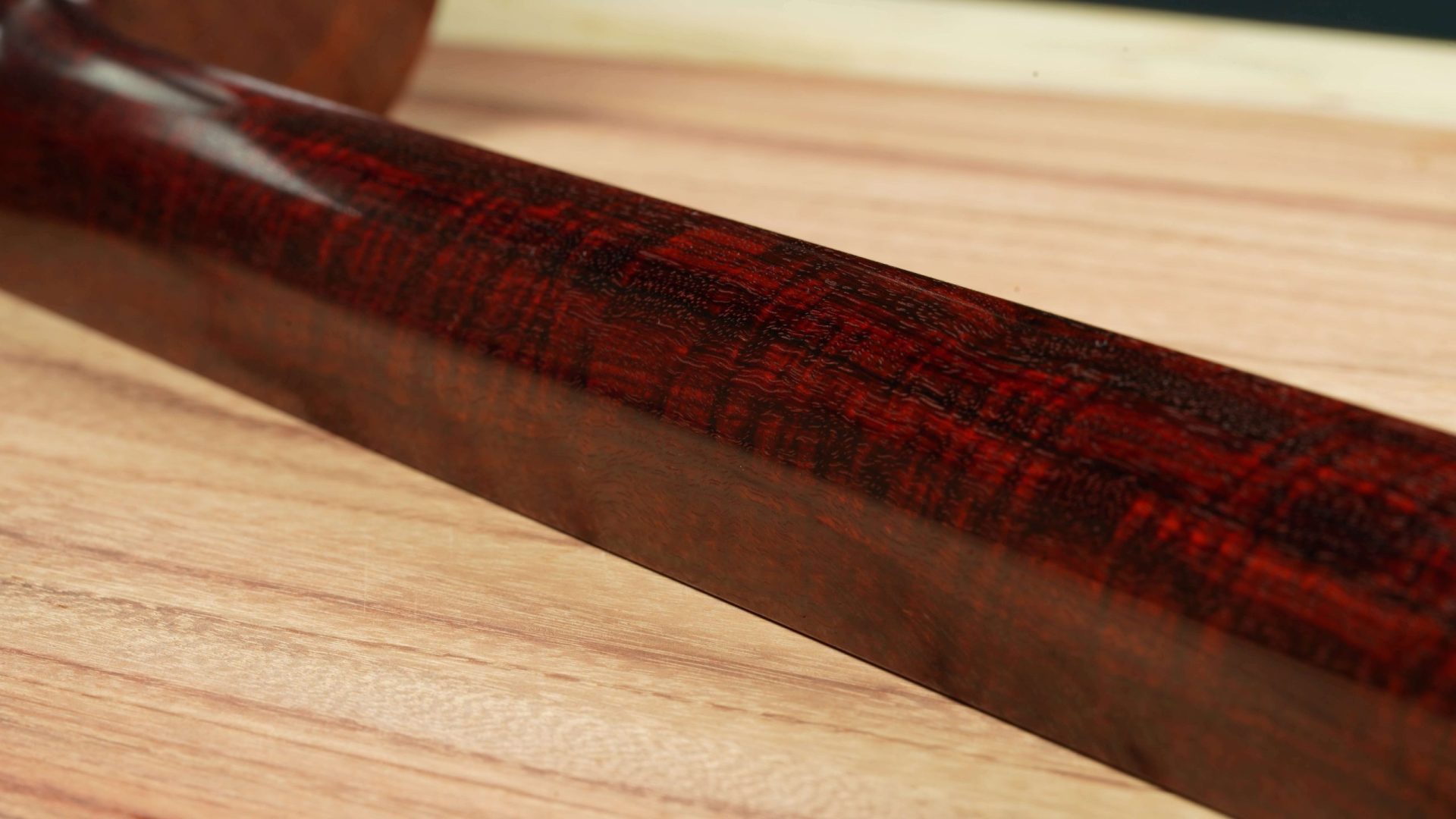

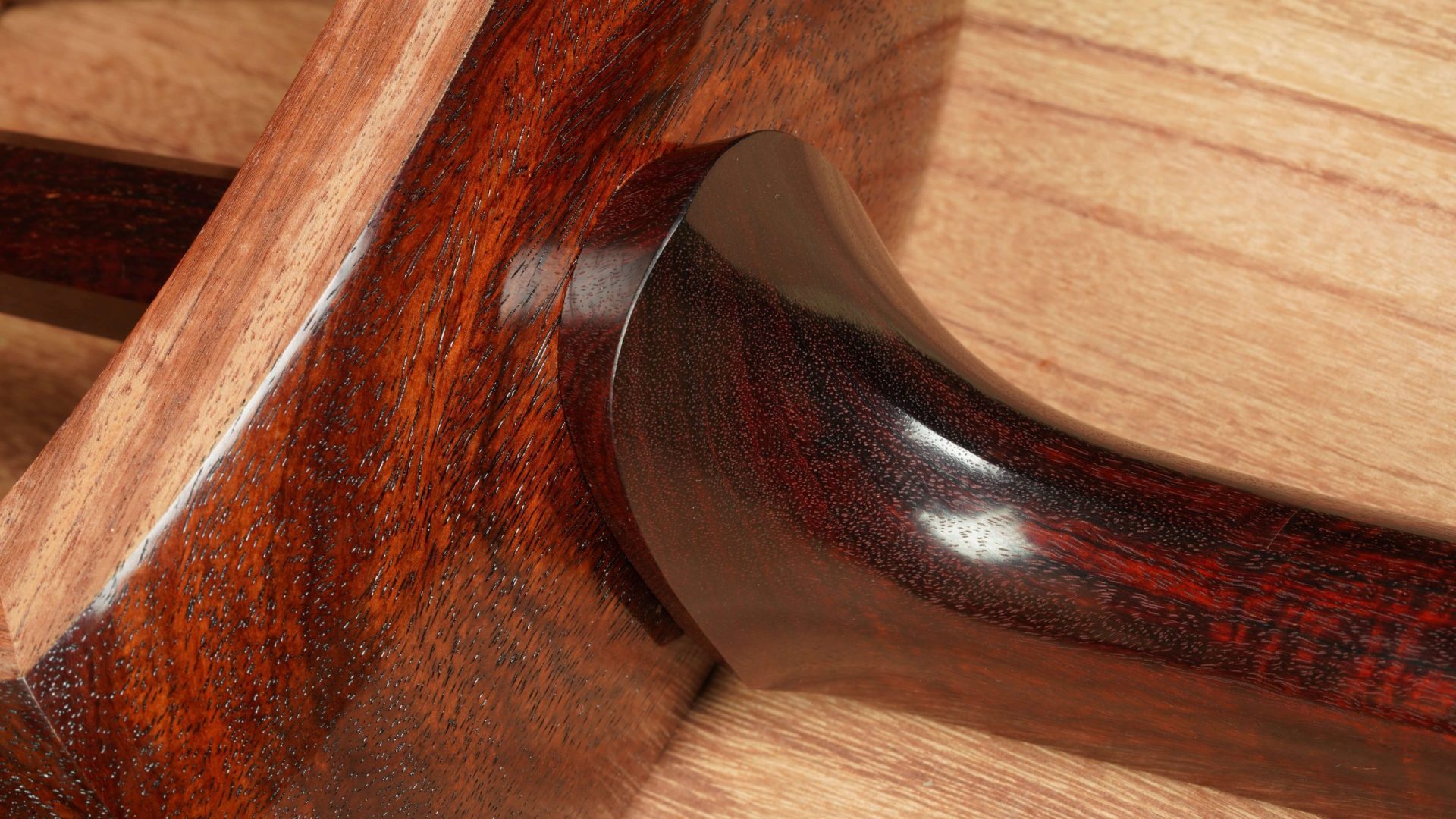
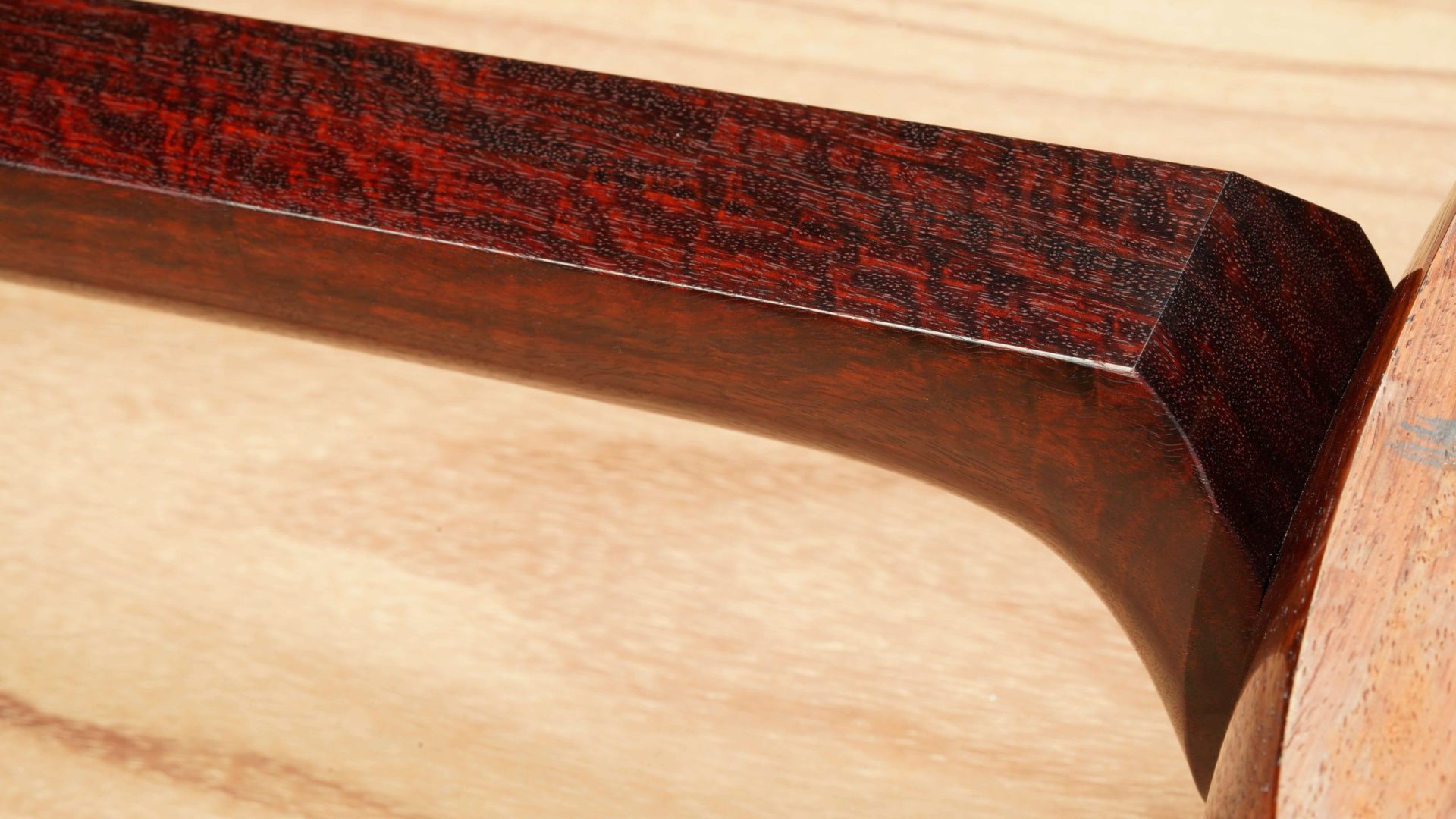
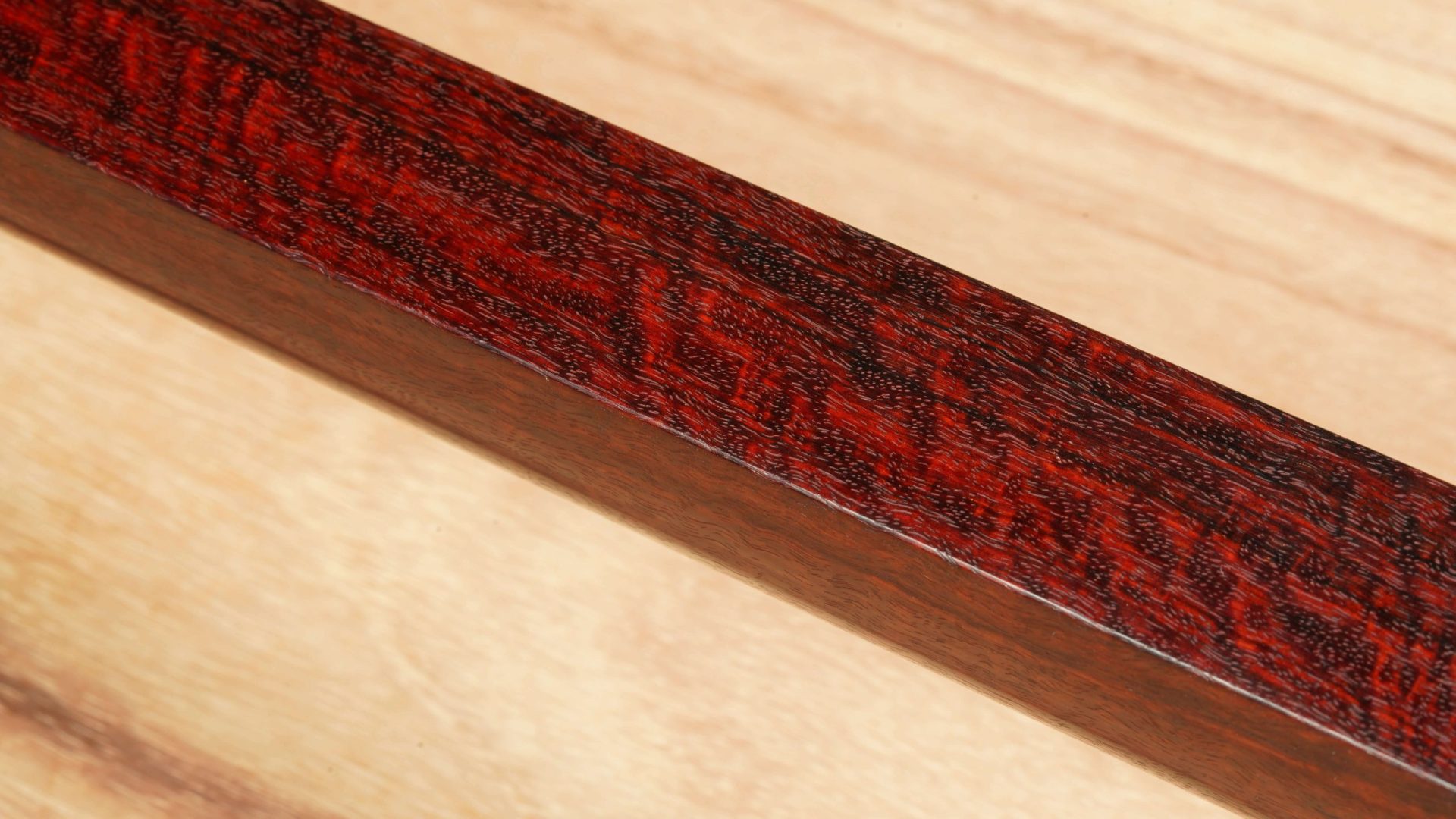
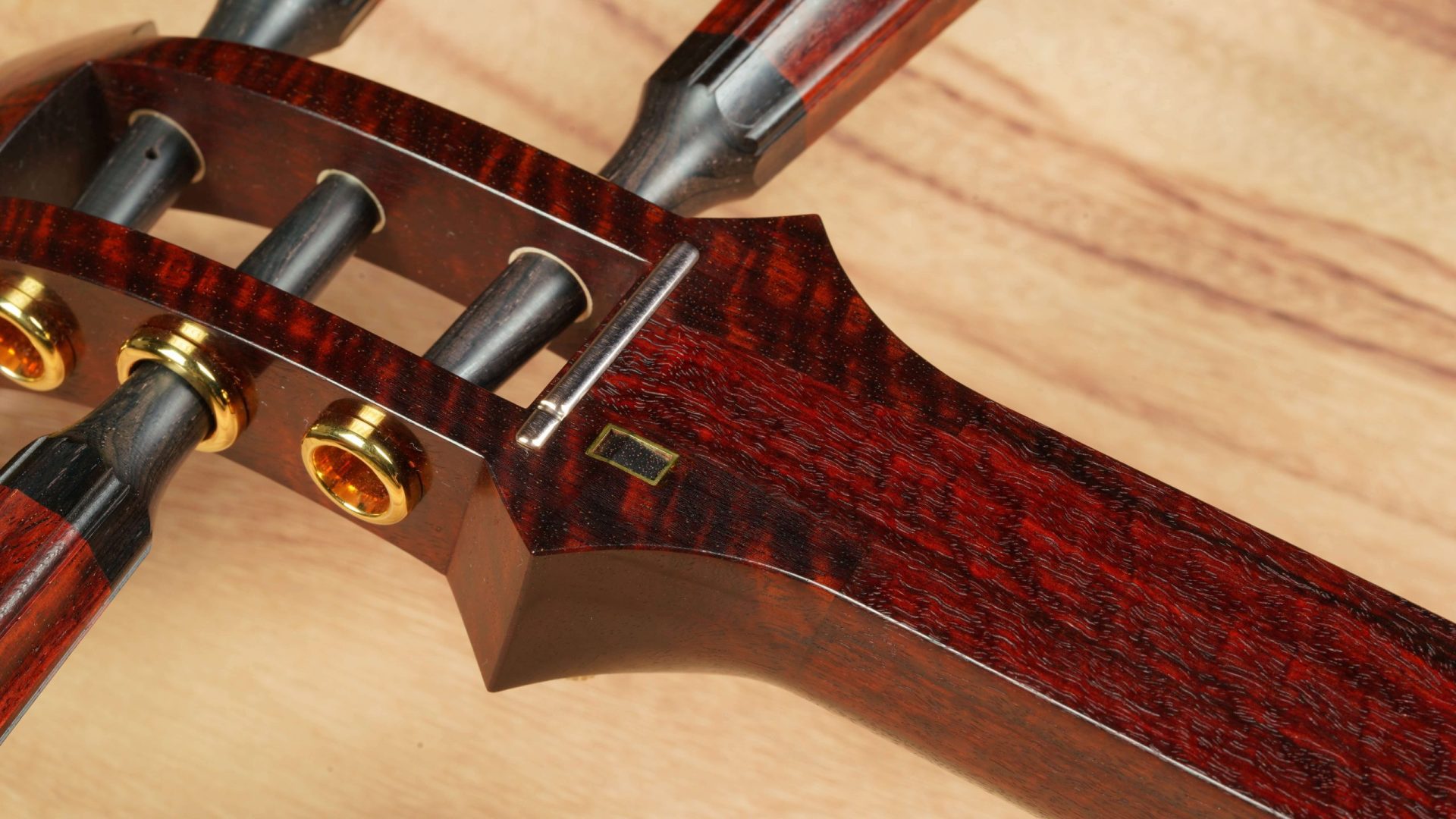

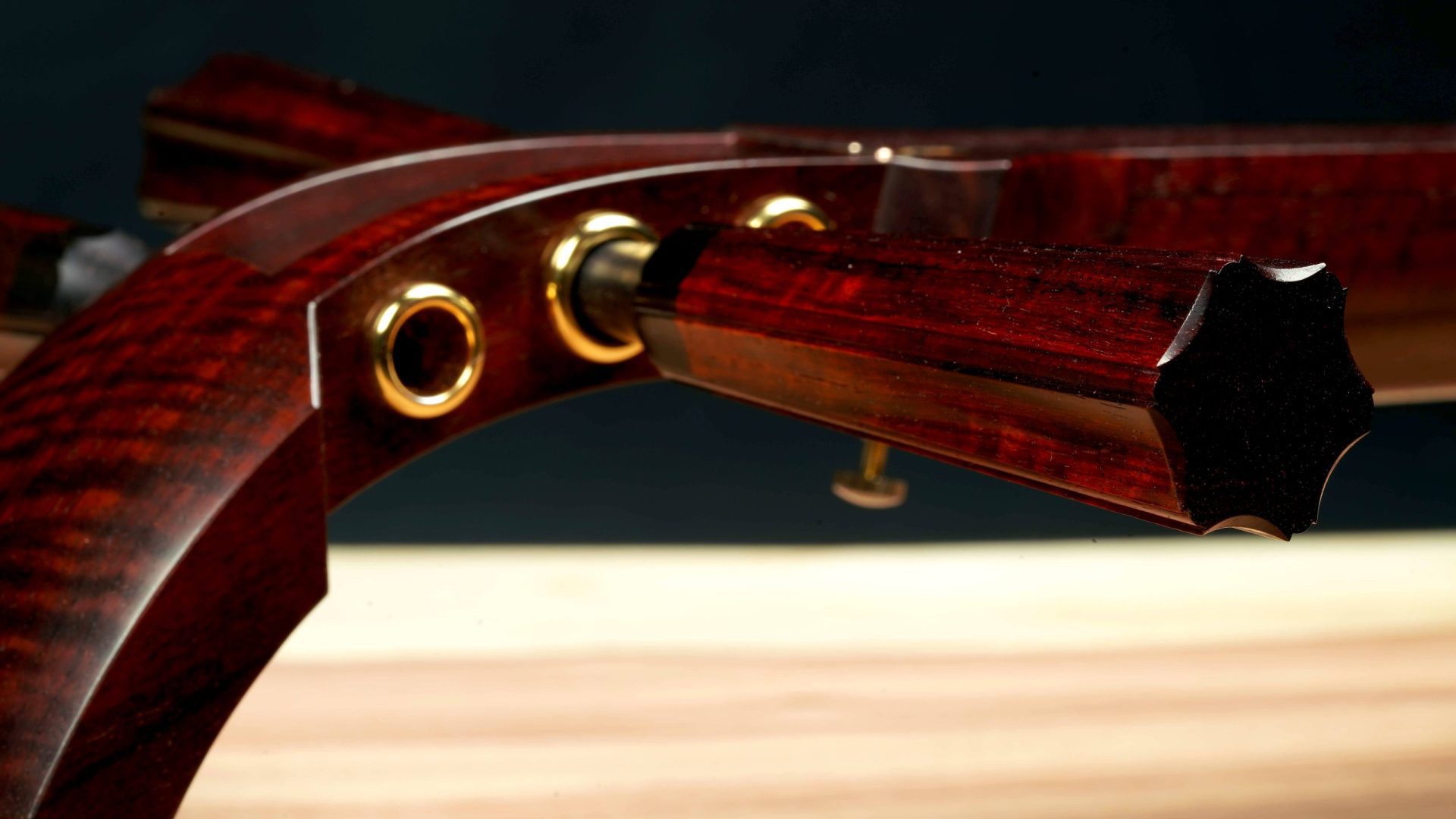
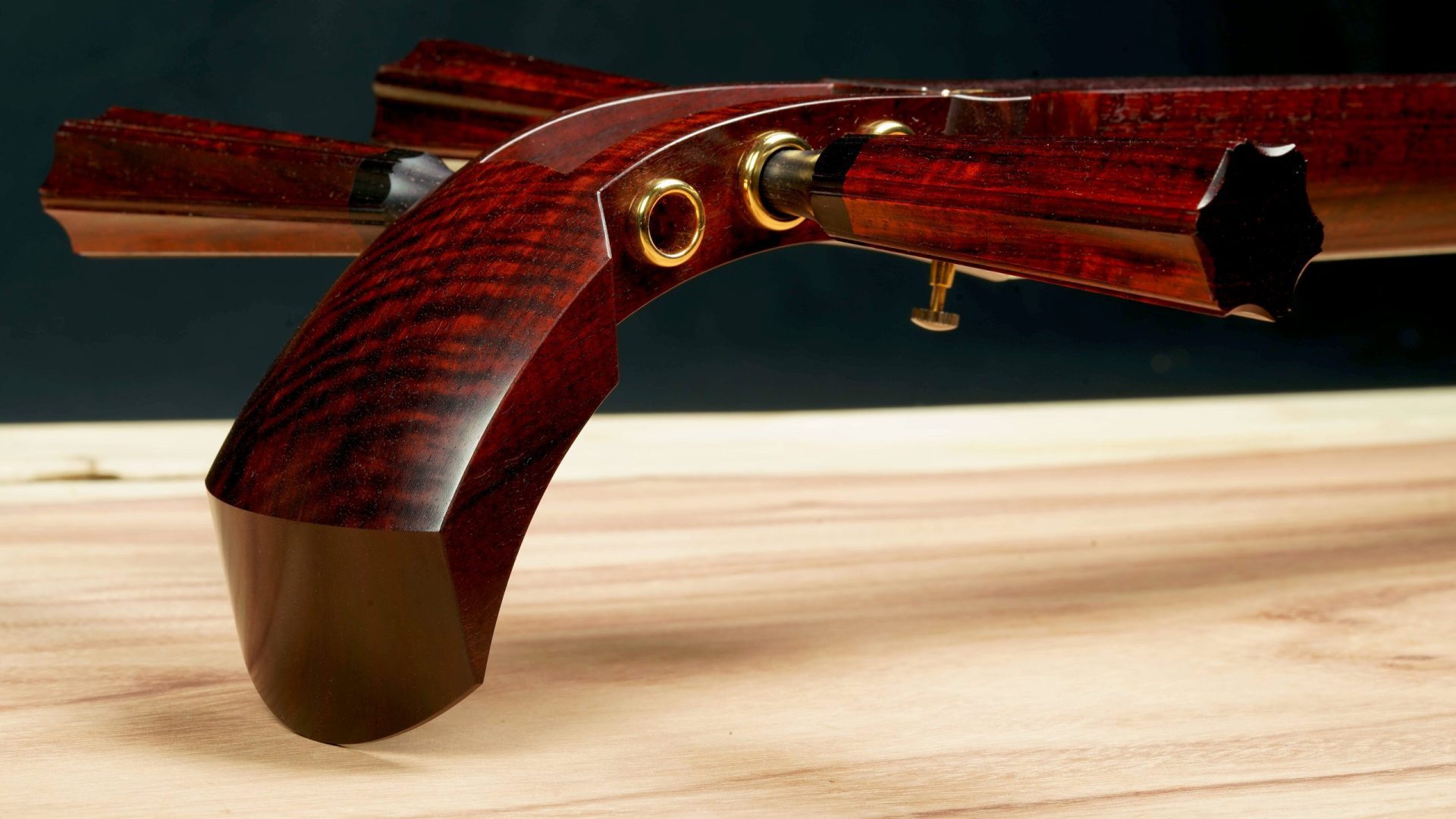
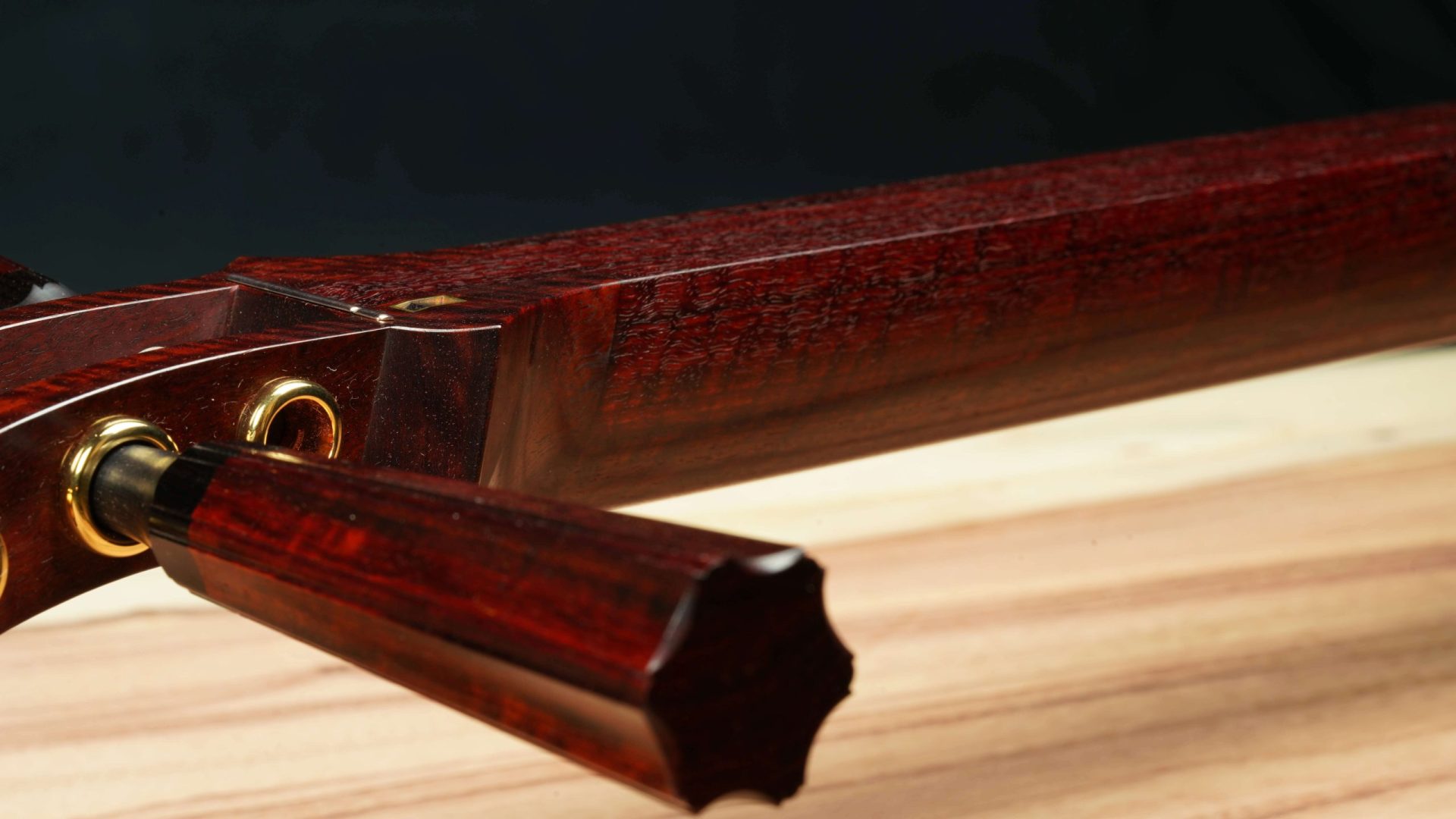
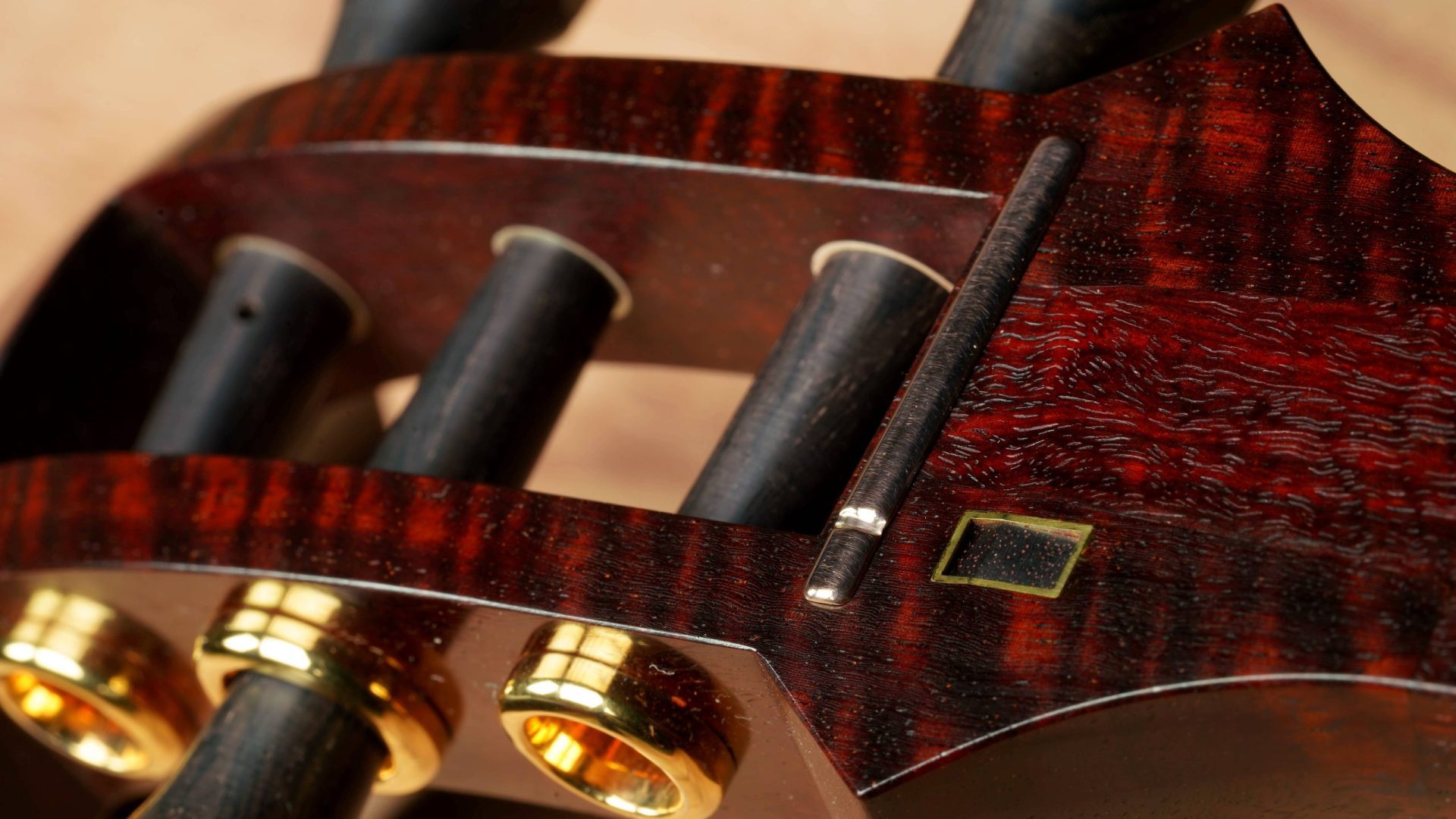

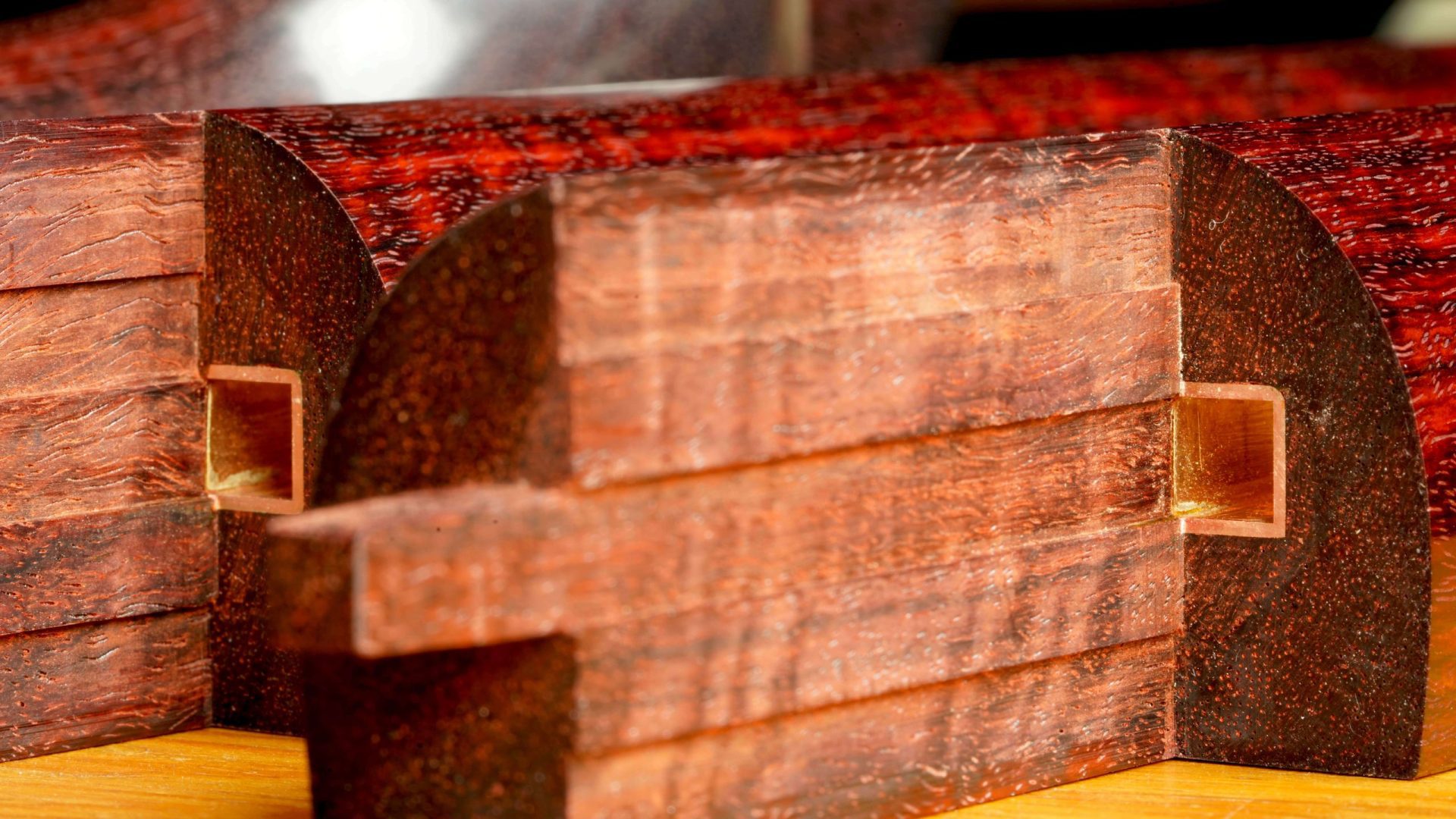
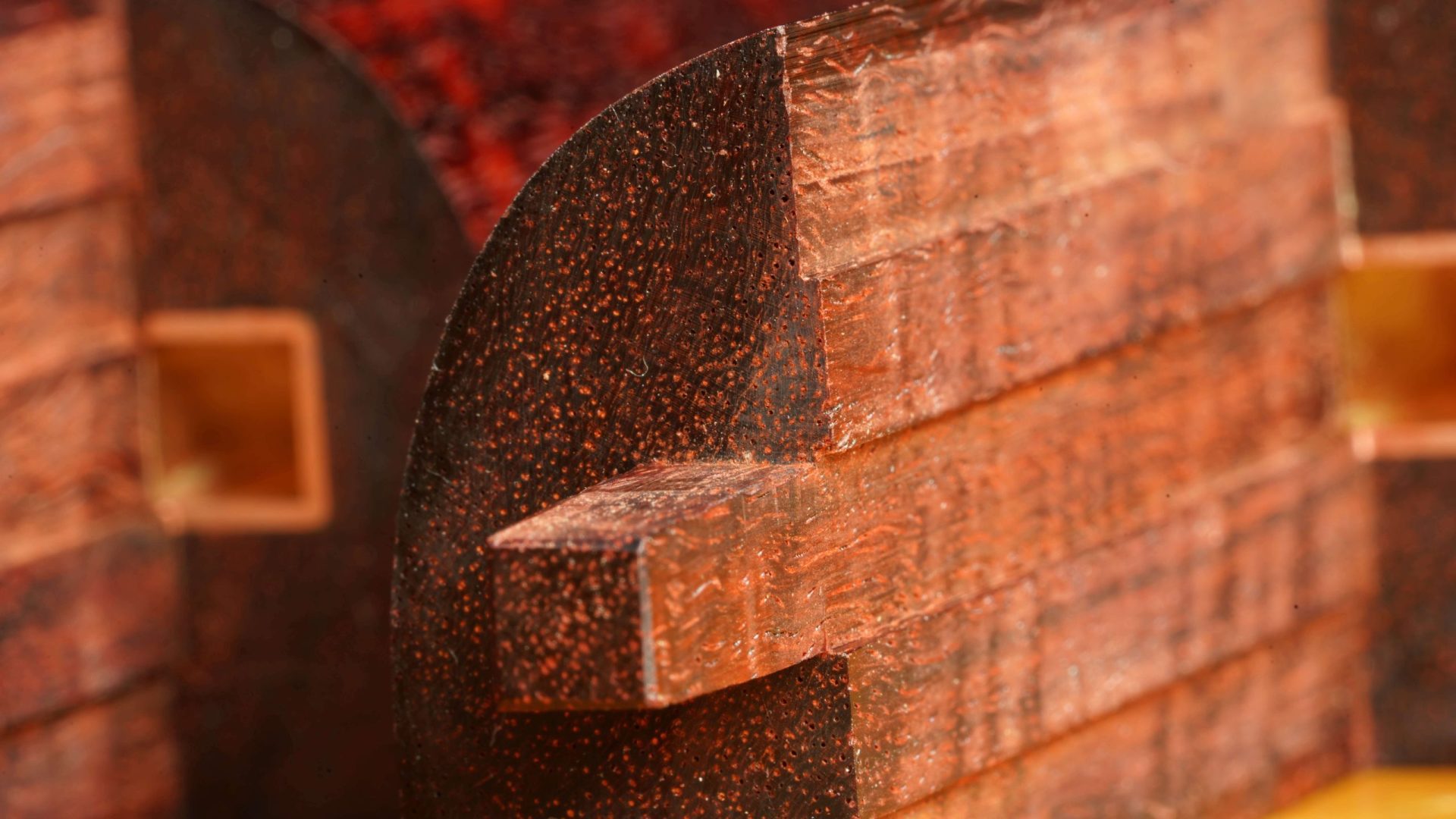
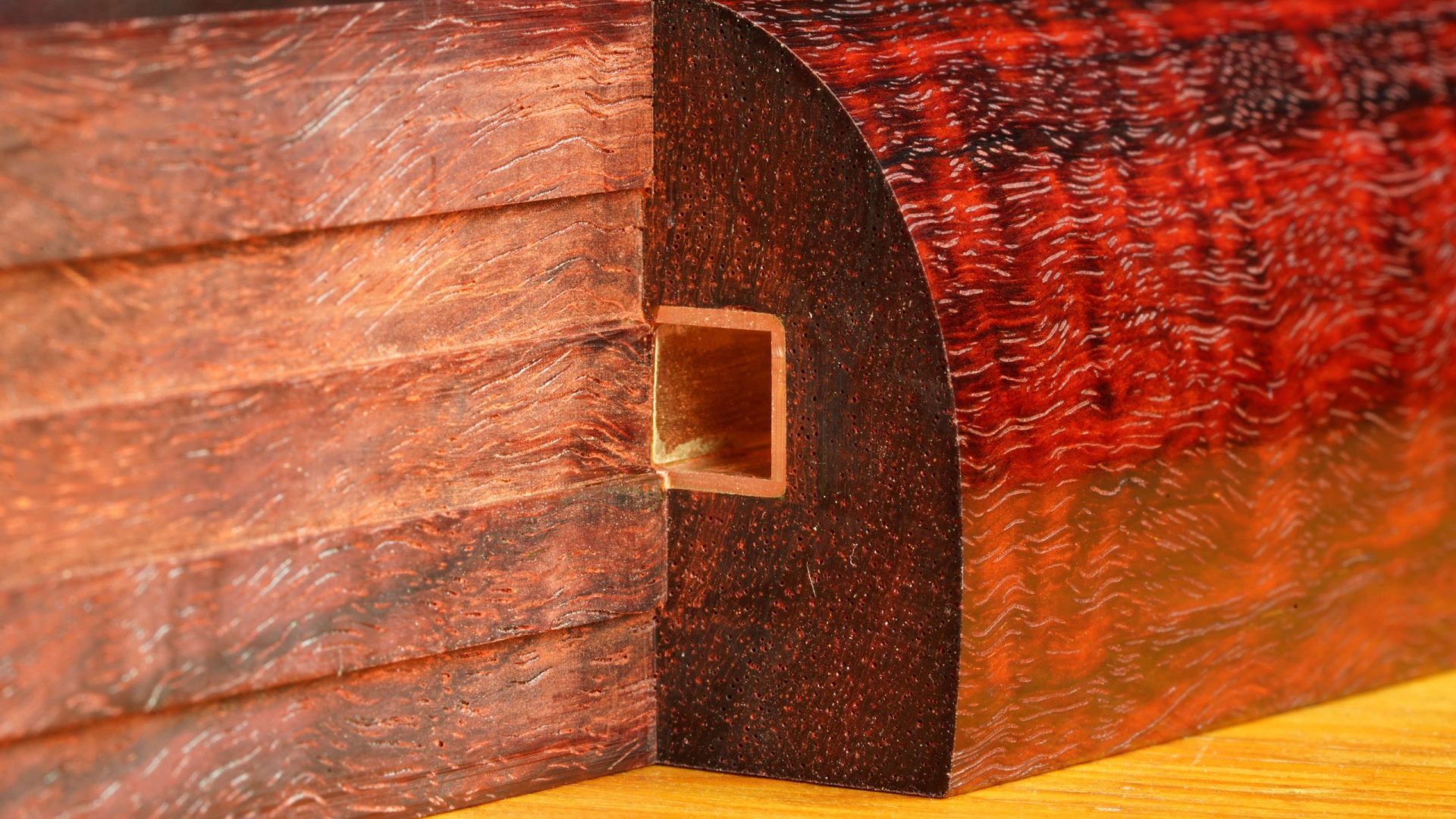
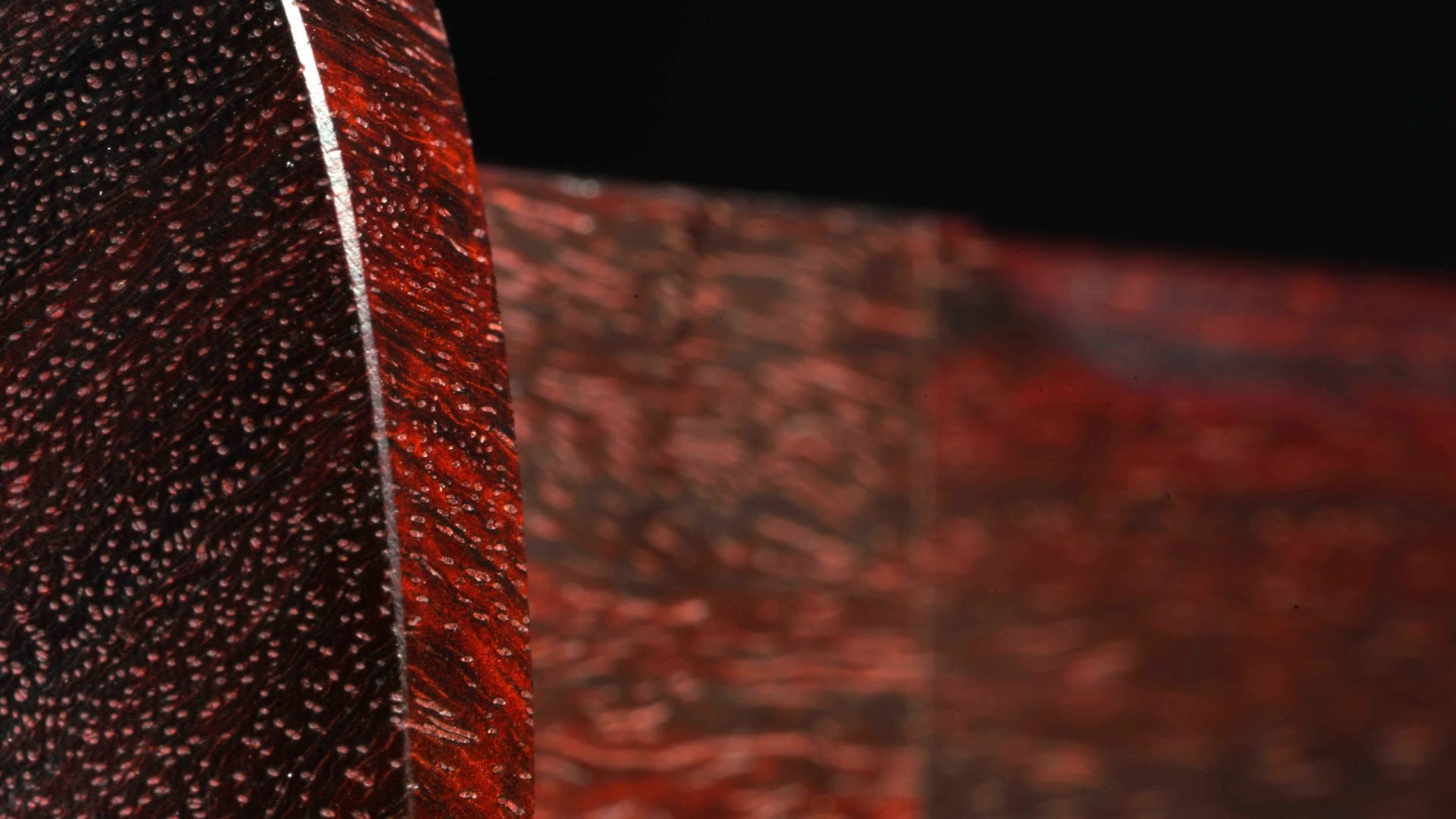
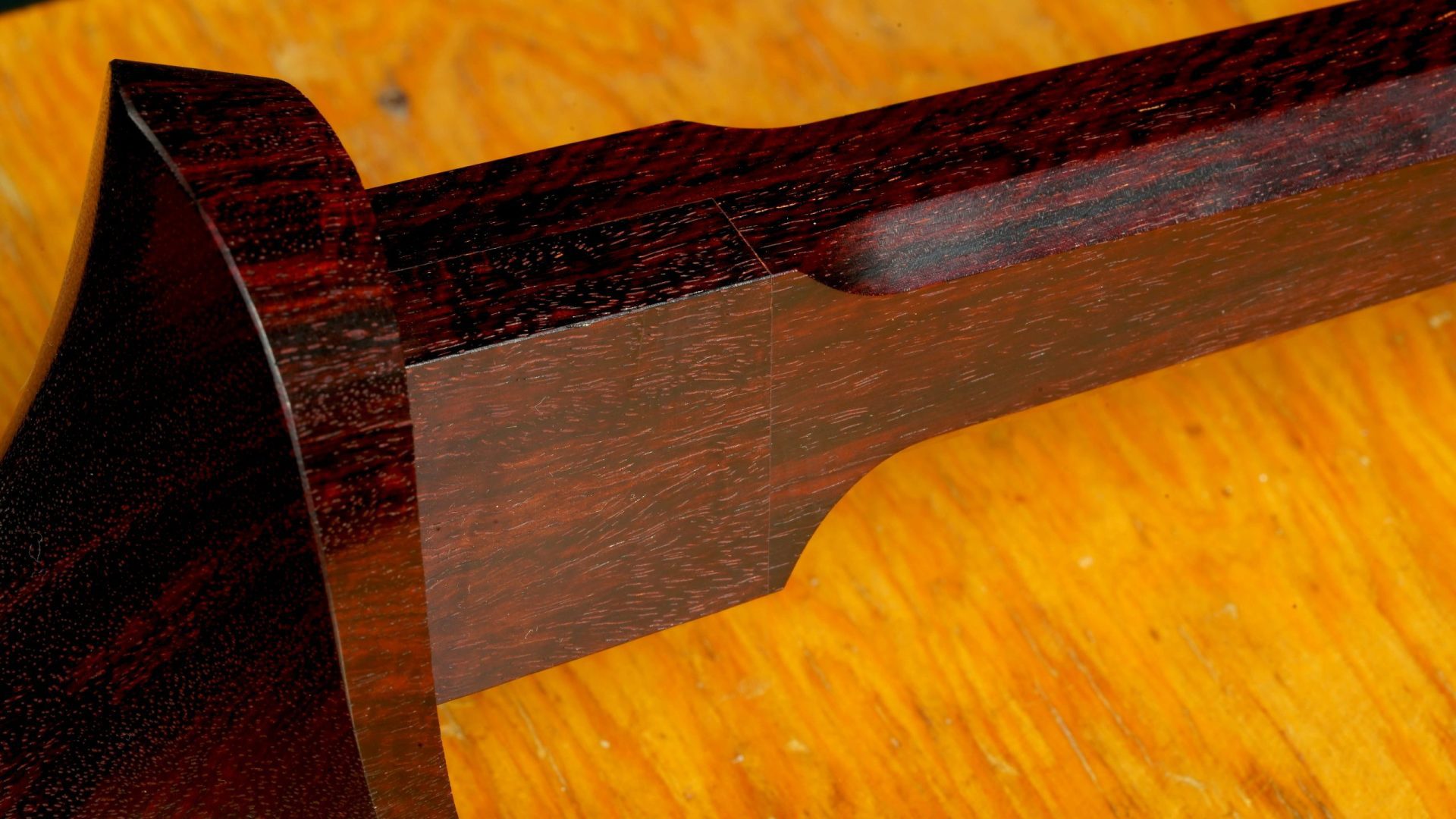
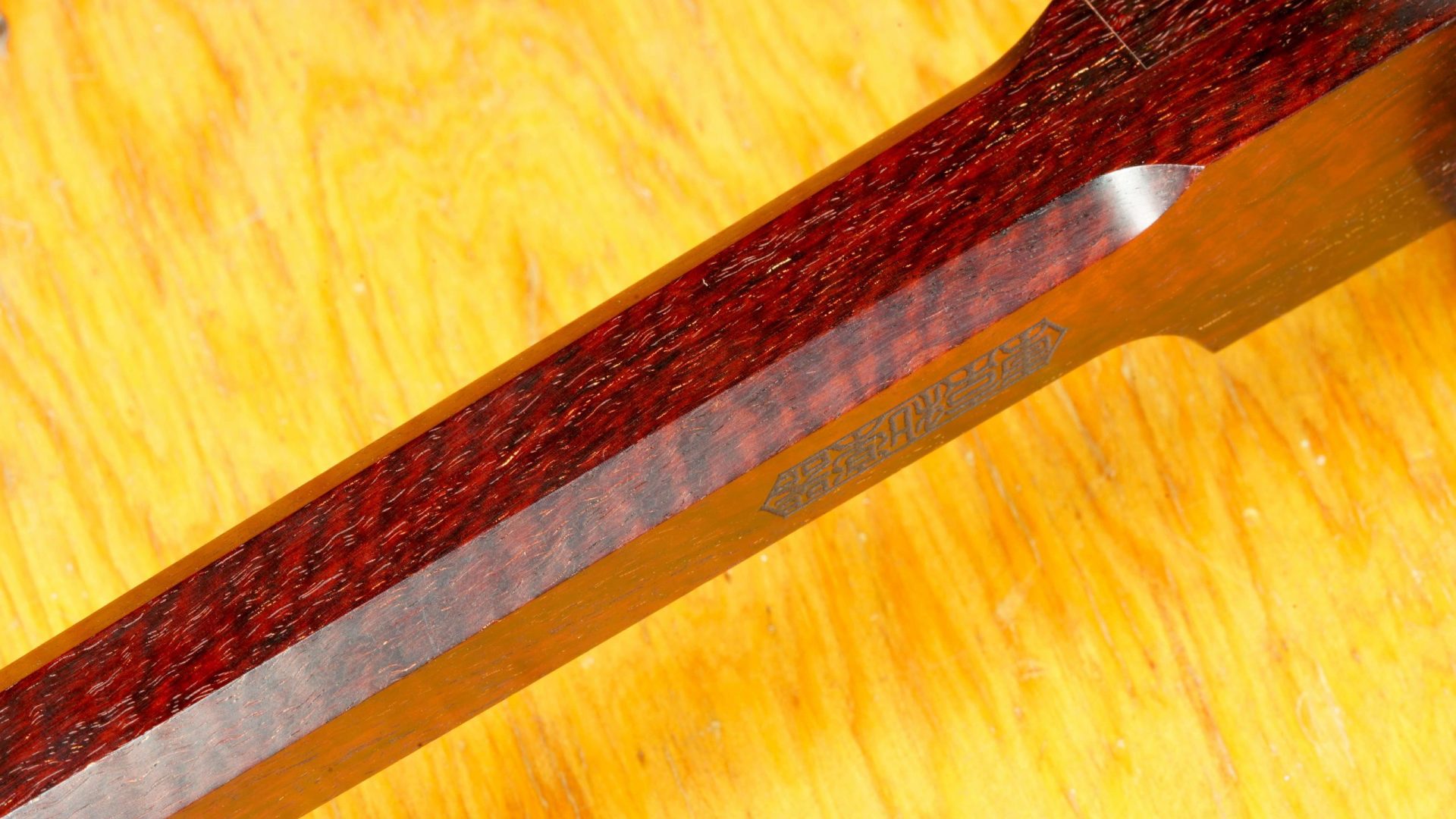
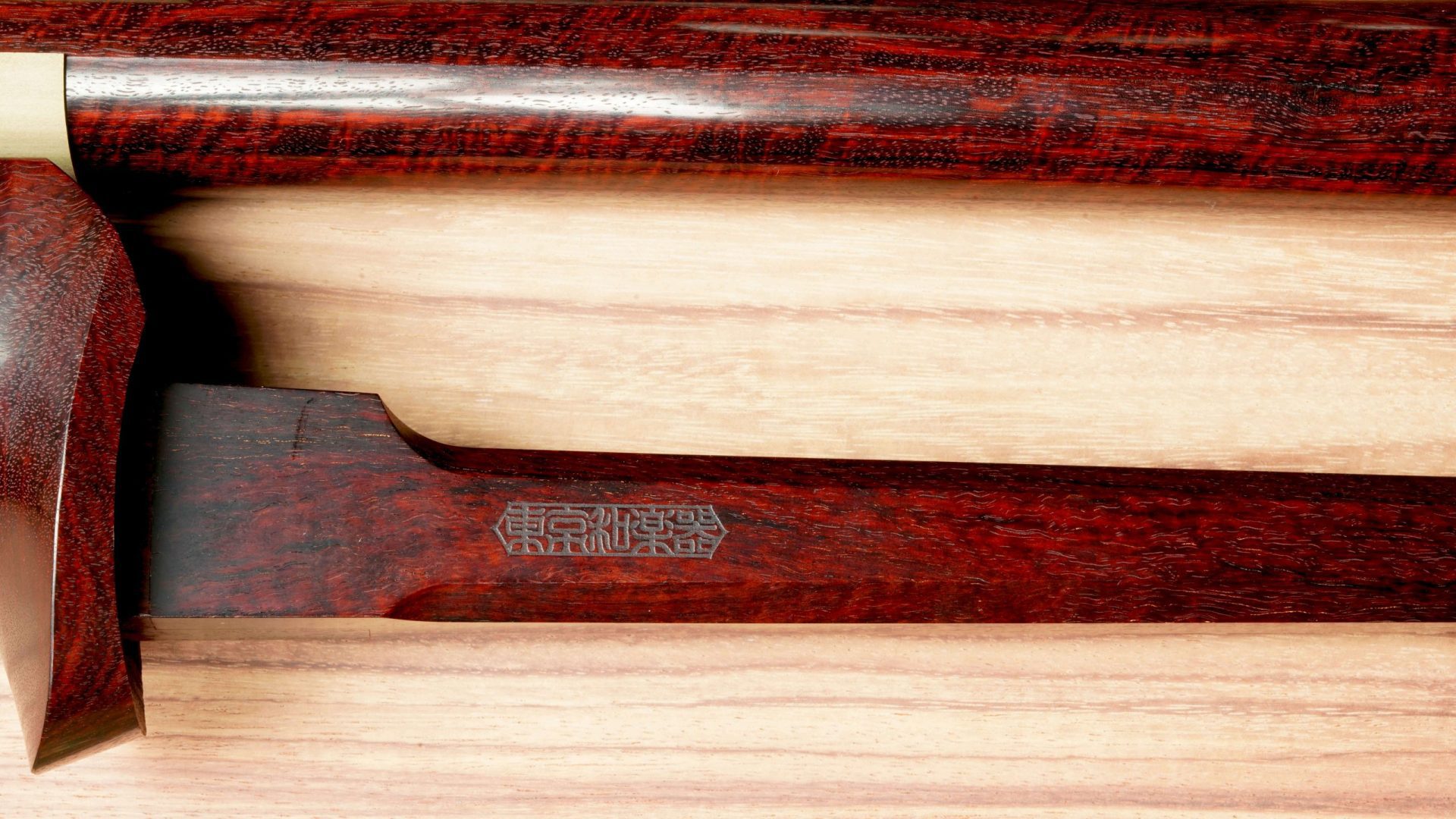

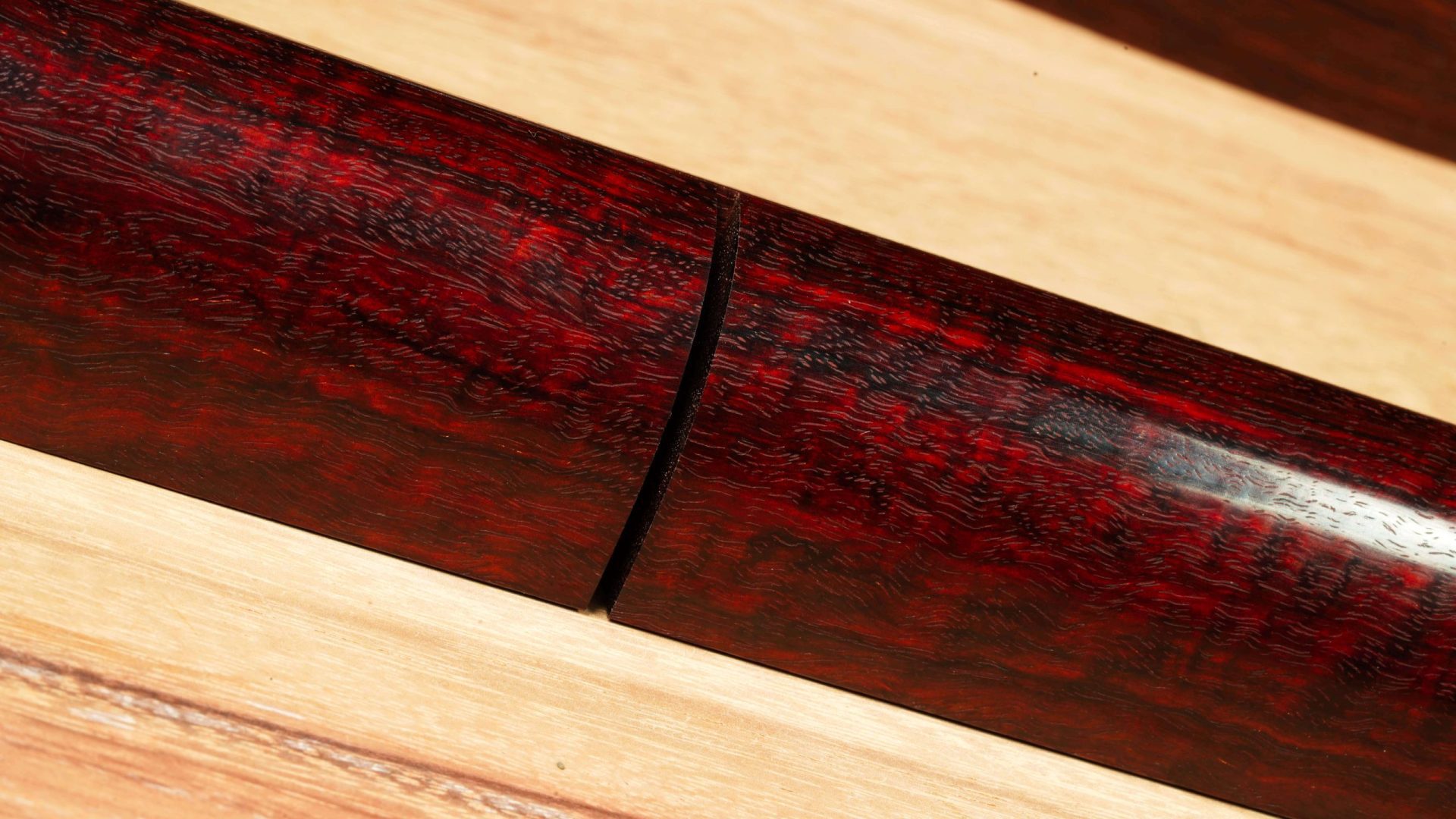
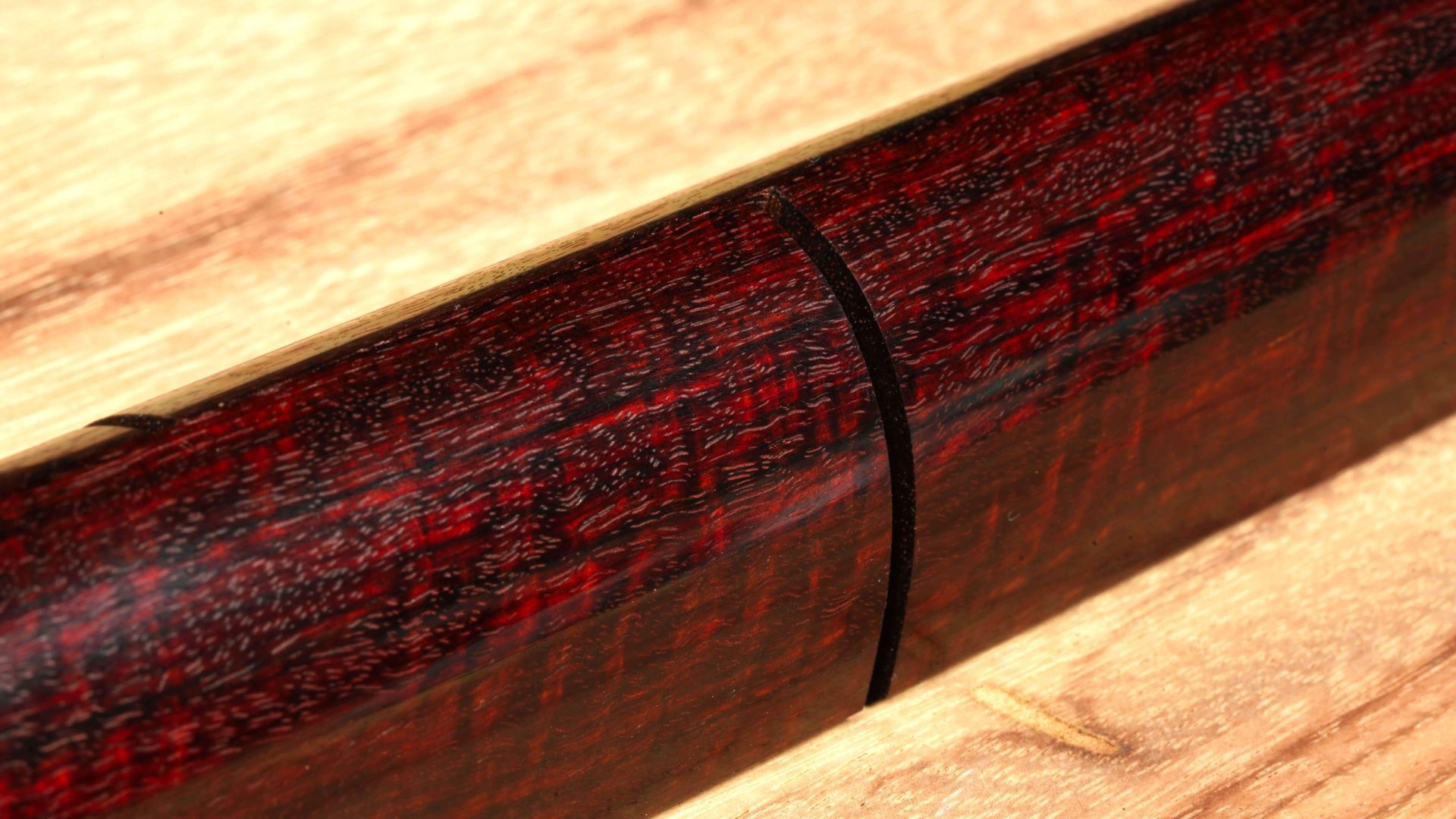
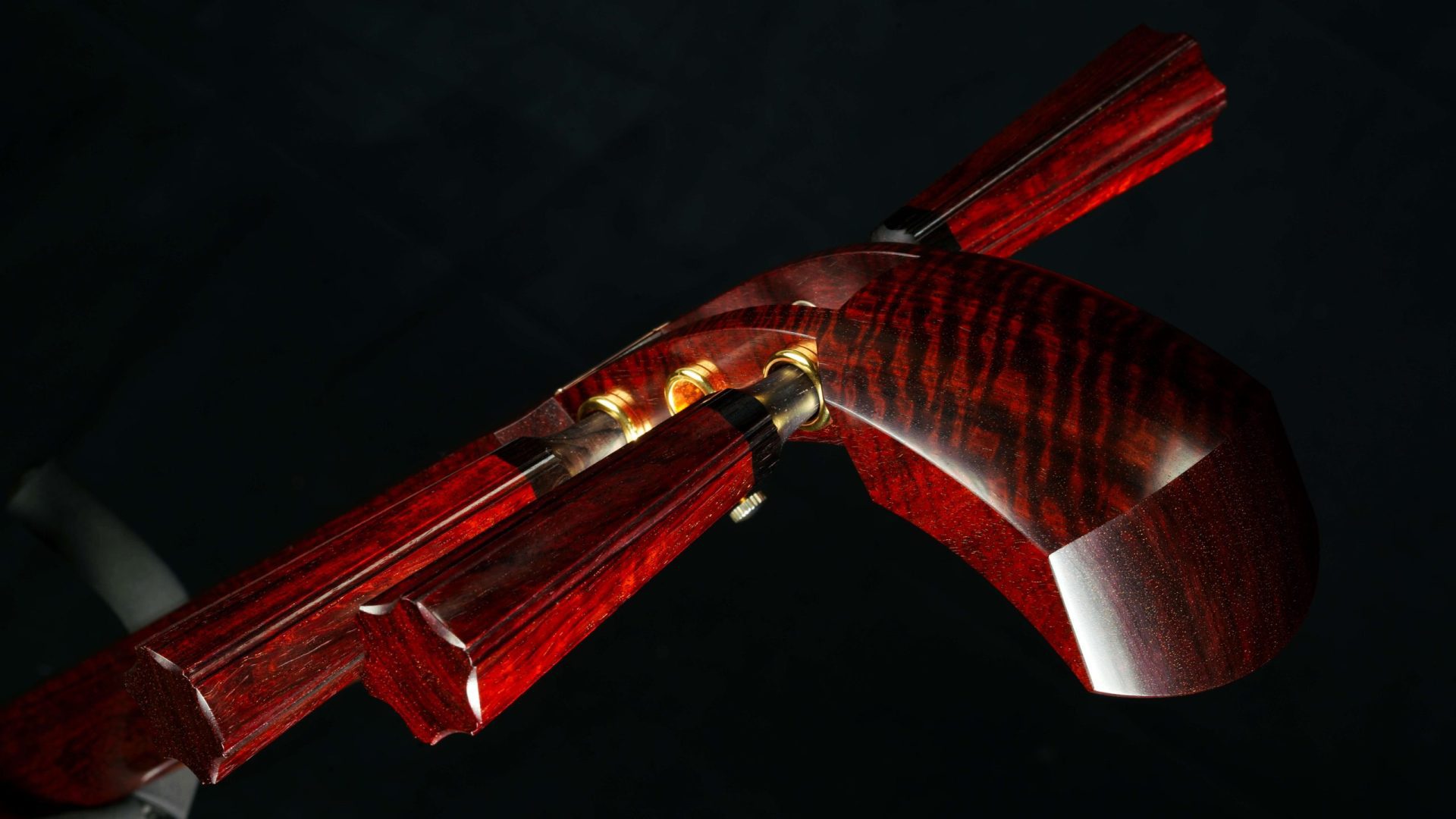

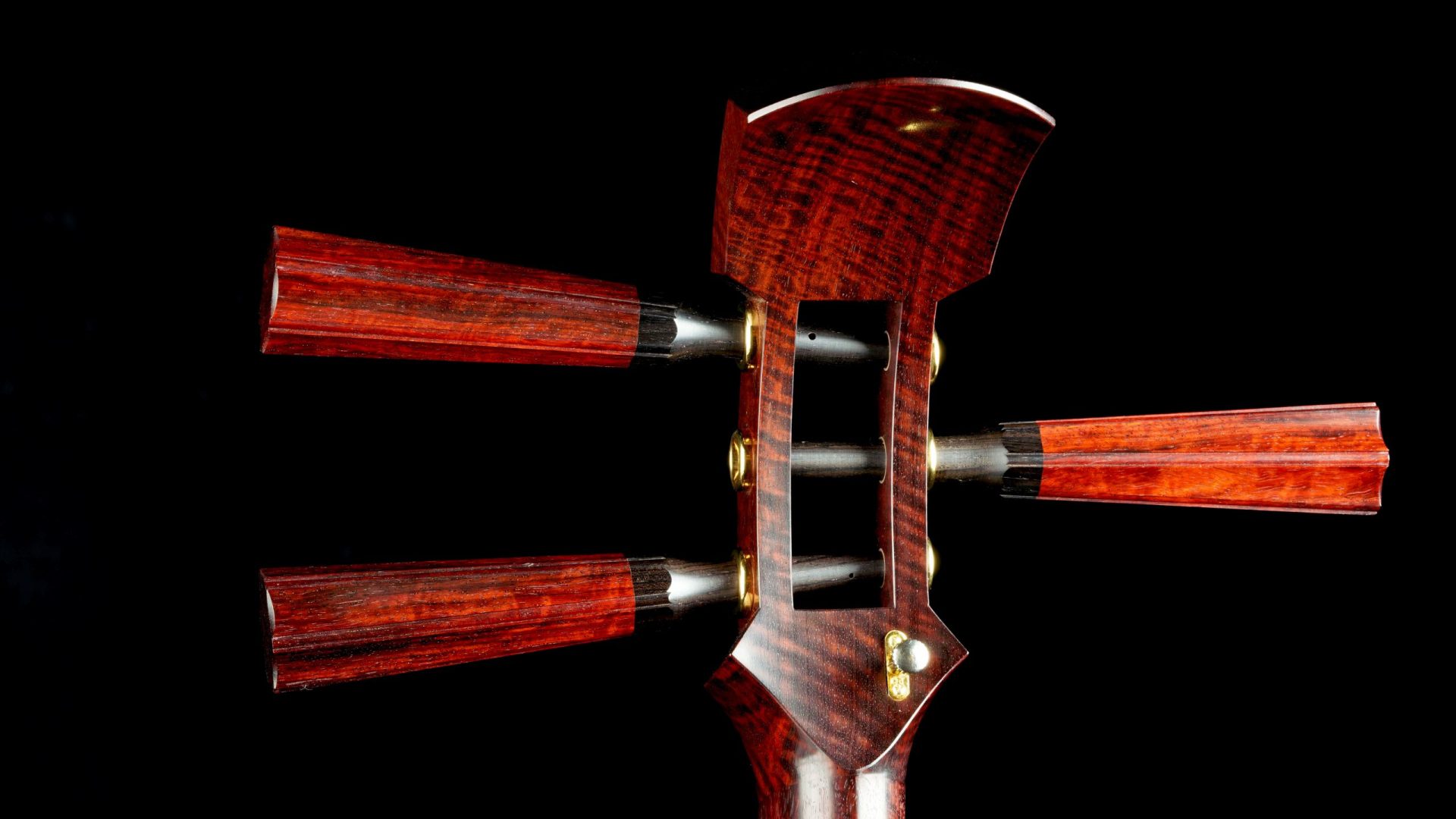
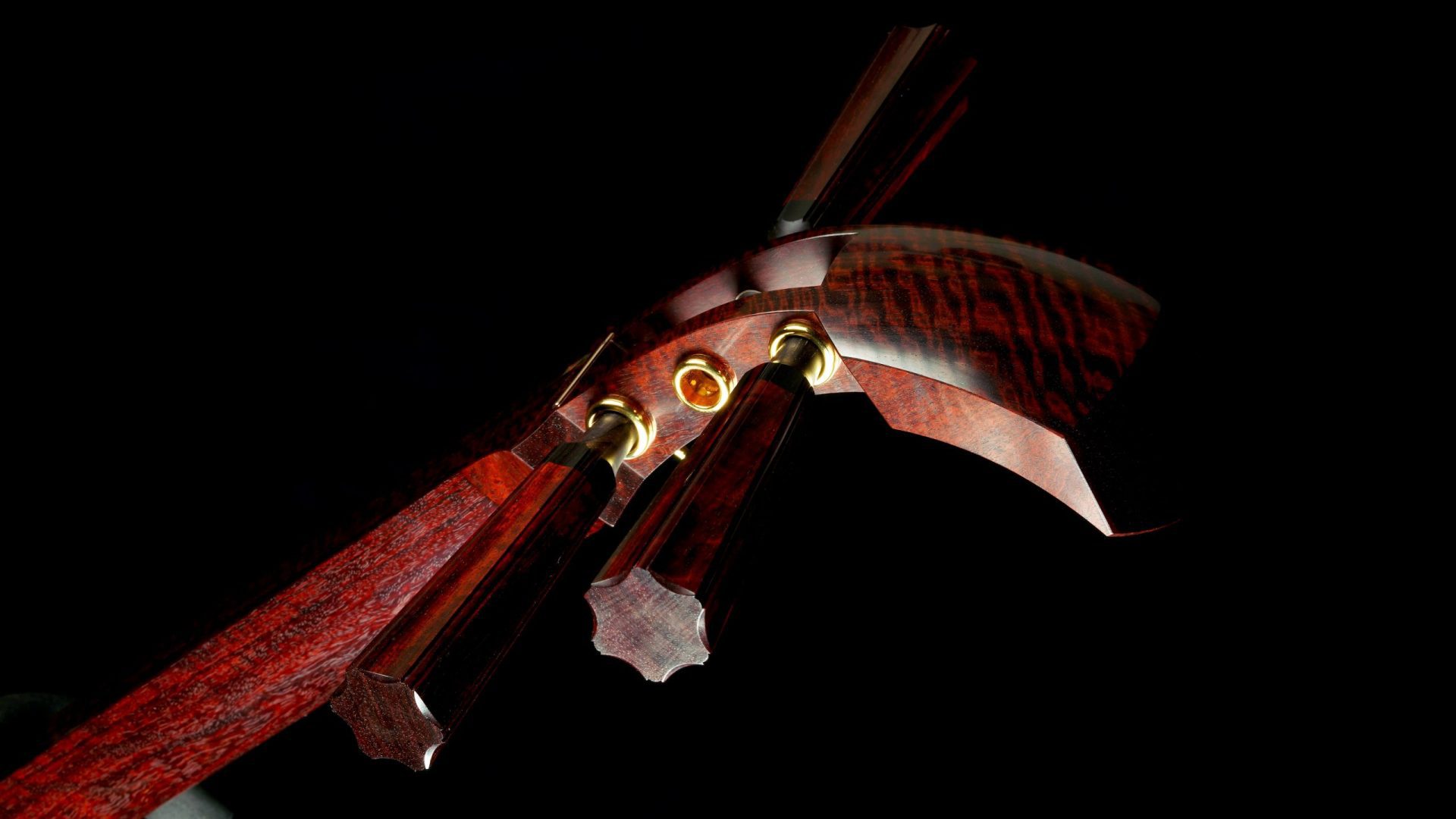
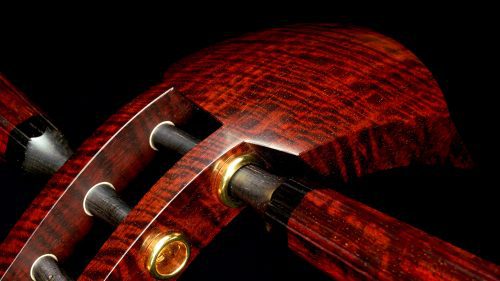


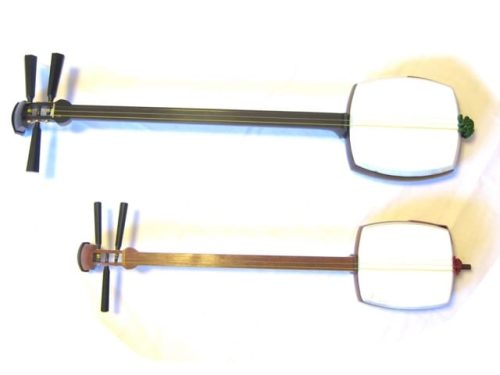
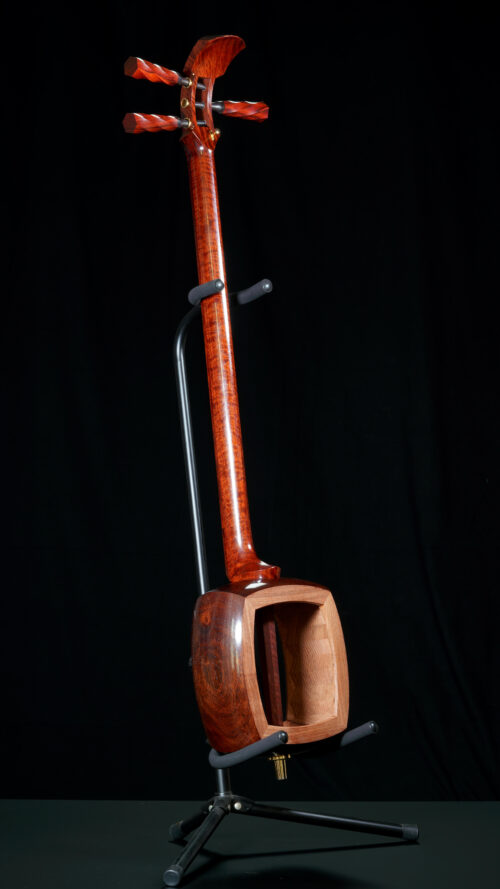
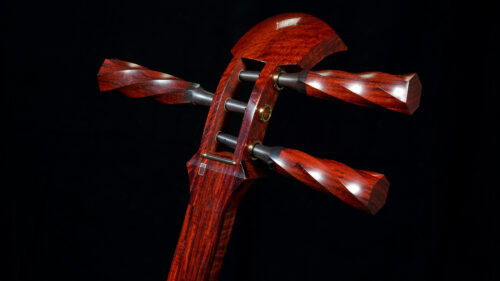
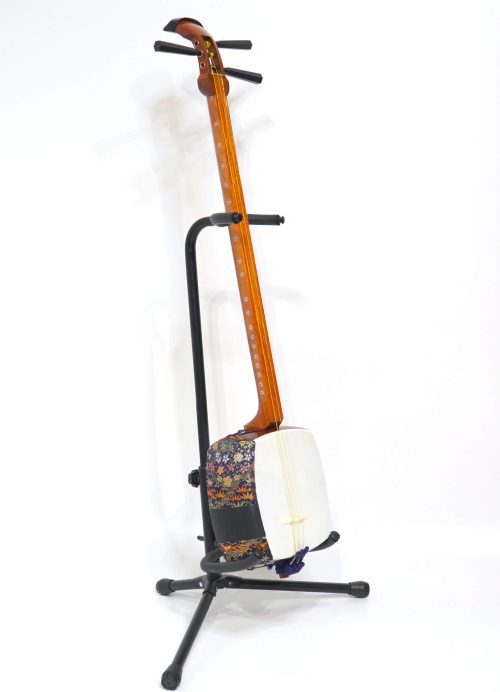


Reviews
There are no reviews yet.